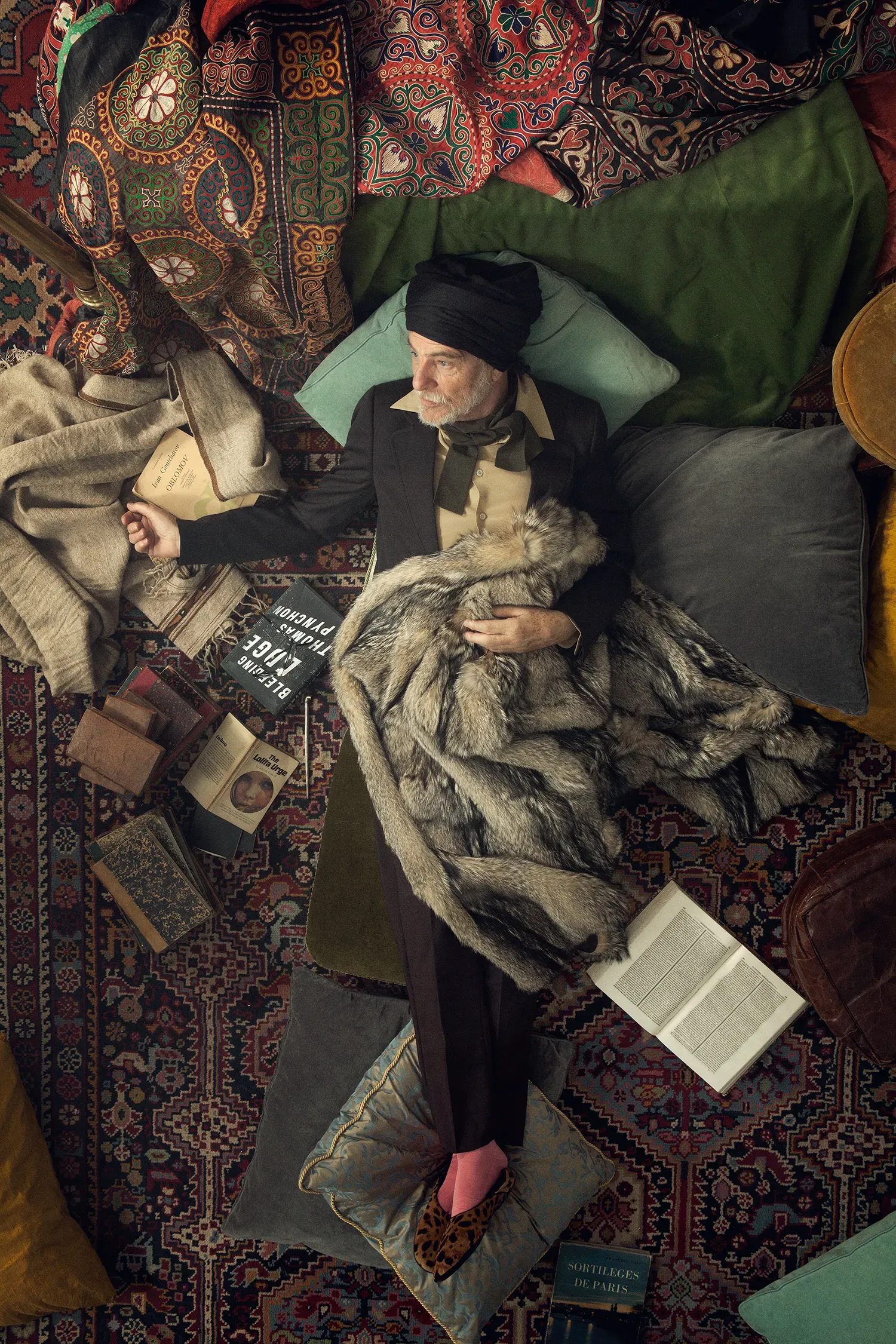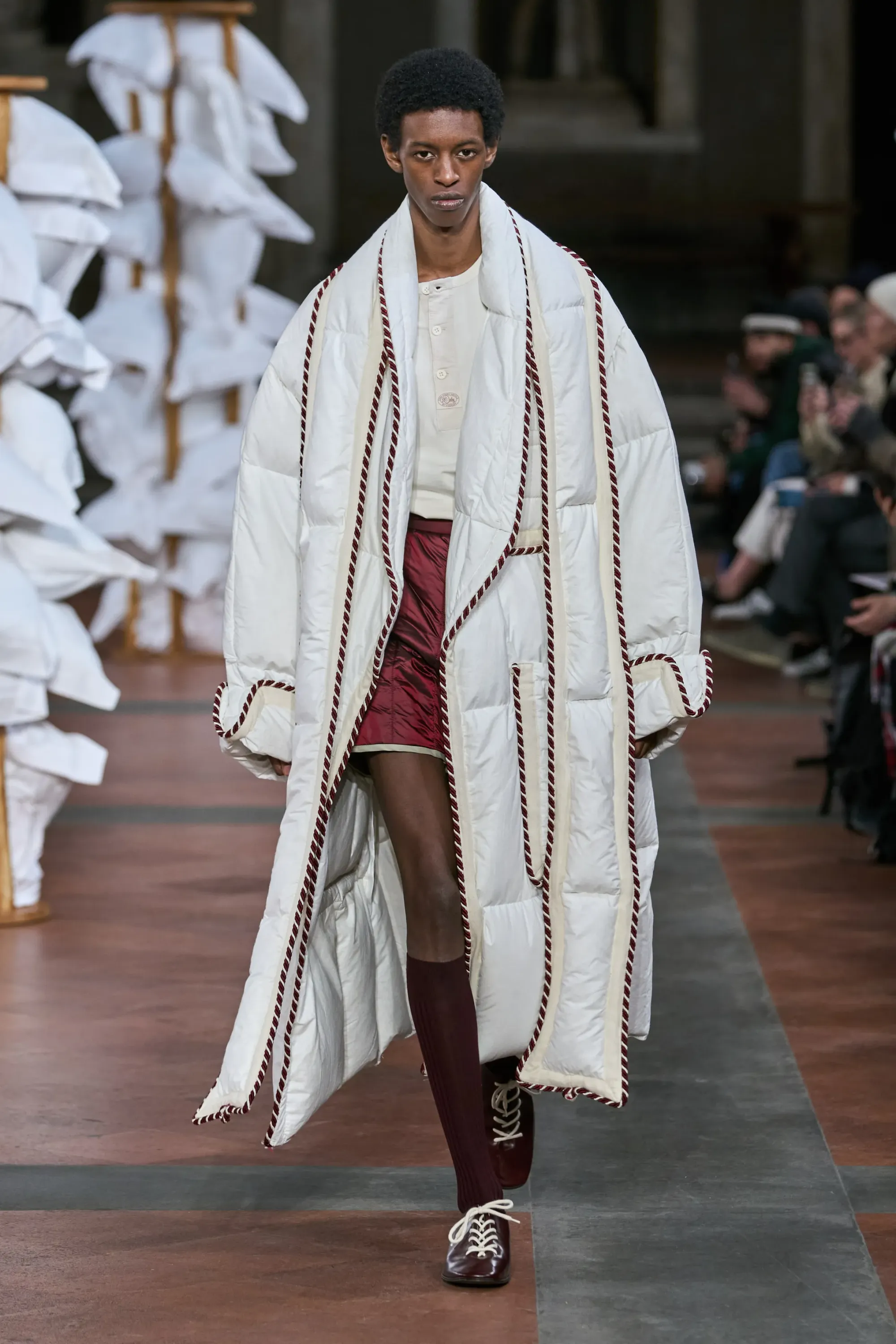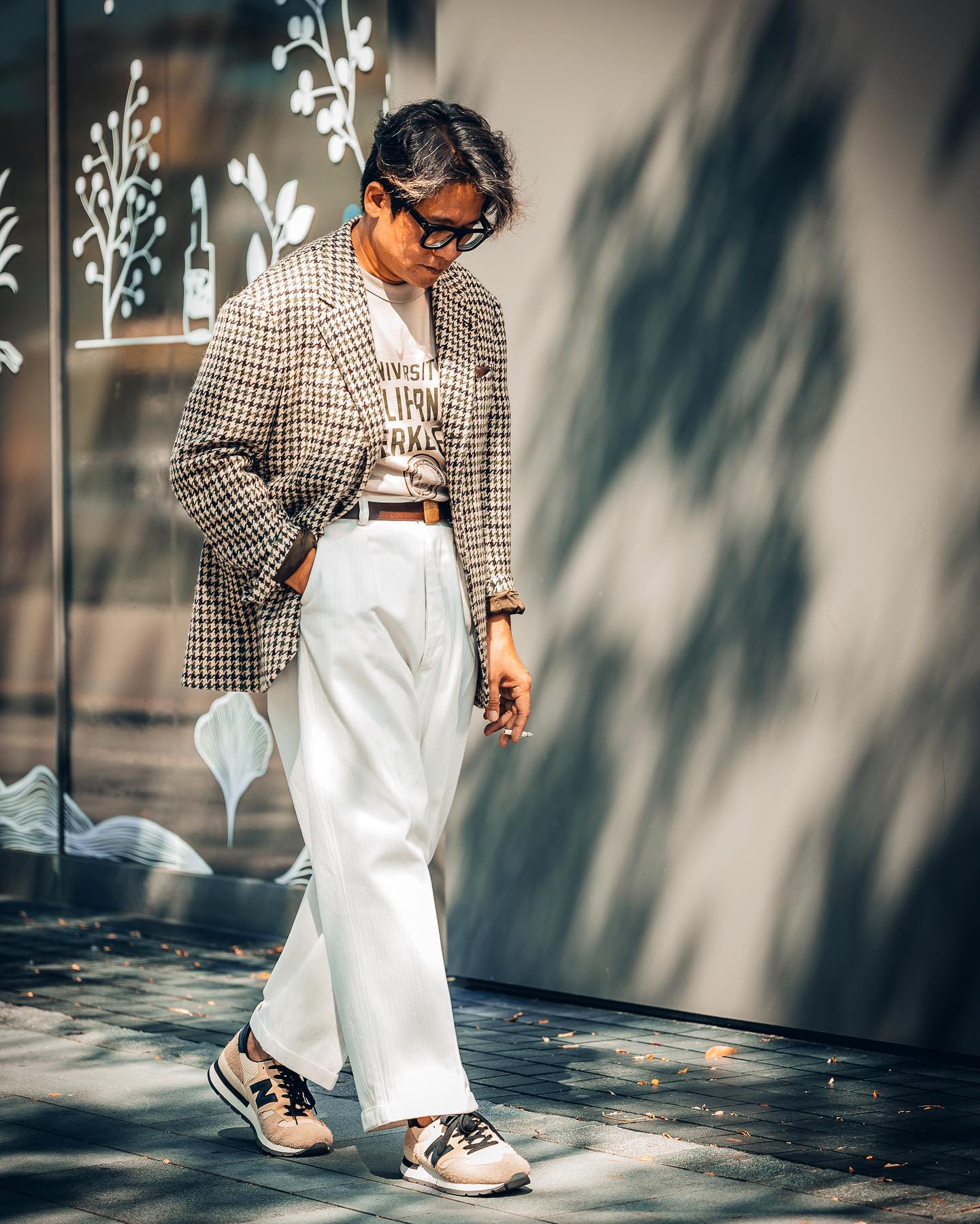What's *not* the Old Money Aesthetic?
TikTok's recent obsession with the "Old Money Aesthetic" misses the mark. So I'm going to have some fun and tear it apart. Postscript by ZG Burnett.

The French have a phrase—"nouveau riche"—that they use, derrogatorily, to refer to people and families who came into money, but haven't integrated into the culture of families with deep, generational wealth. The concept goes back to the 8th century, B.C.E., so it's nothing new.
What is new, relatively speaking, is TikTok's recent obsession with the "Old Money Aesthetic." Far from representing the deep, generational wealth, people call "old money," this obsession seems focused on a few other aesthetics, ranging from tacky to classic, but never really hitting the mark. Time to forget what you've learned, especially if you learned it on social media, because all of it is wrong.
Logo belts are not the old money aesthetic. Logos are not the old money aesthetic.
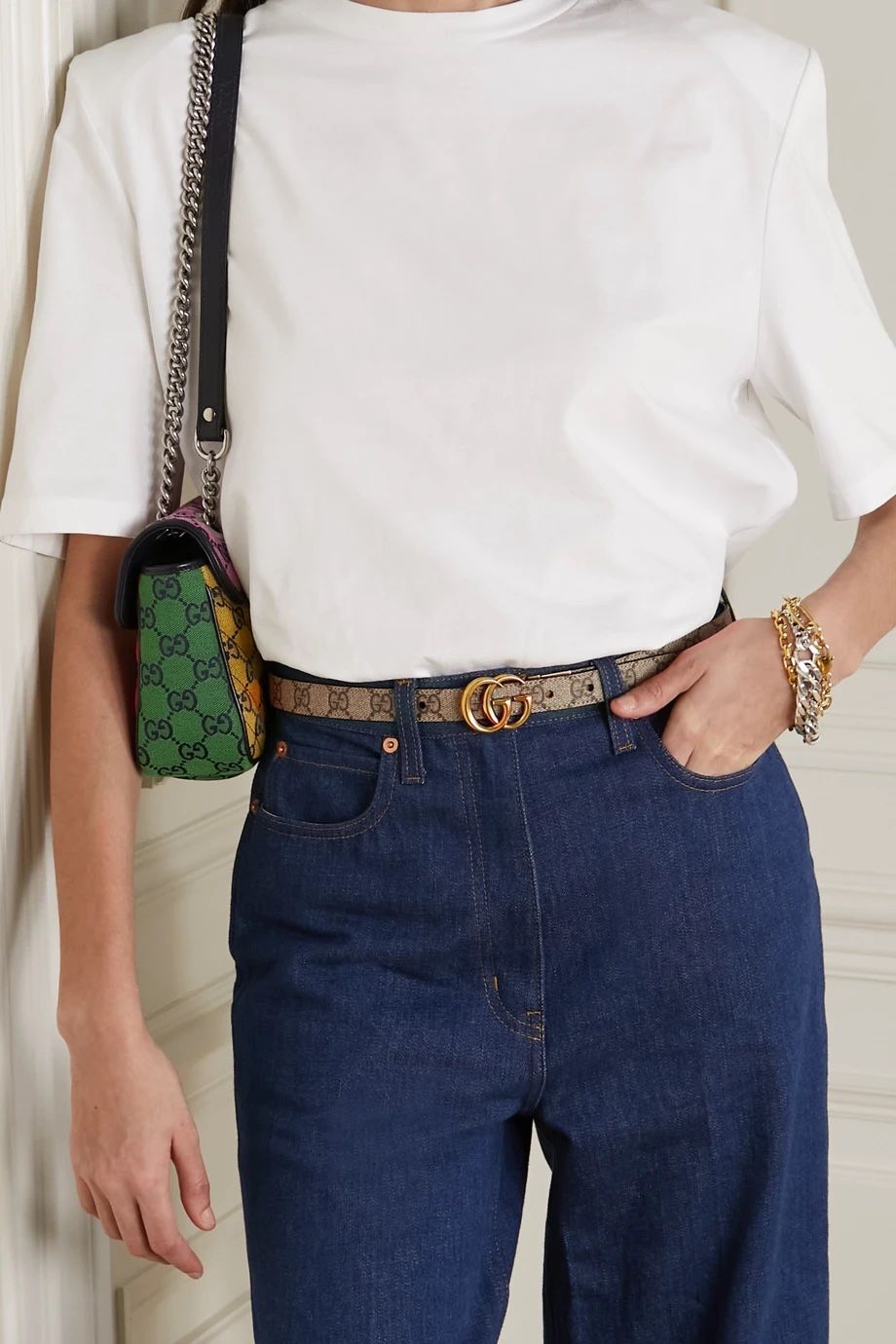

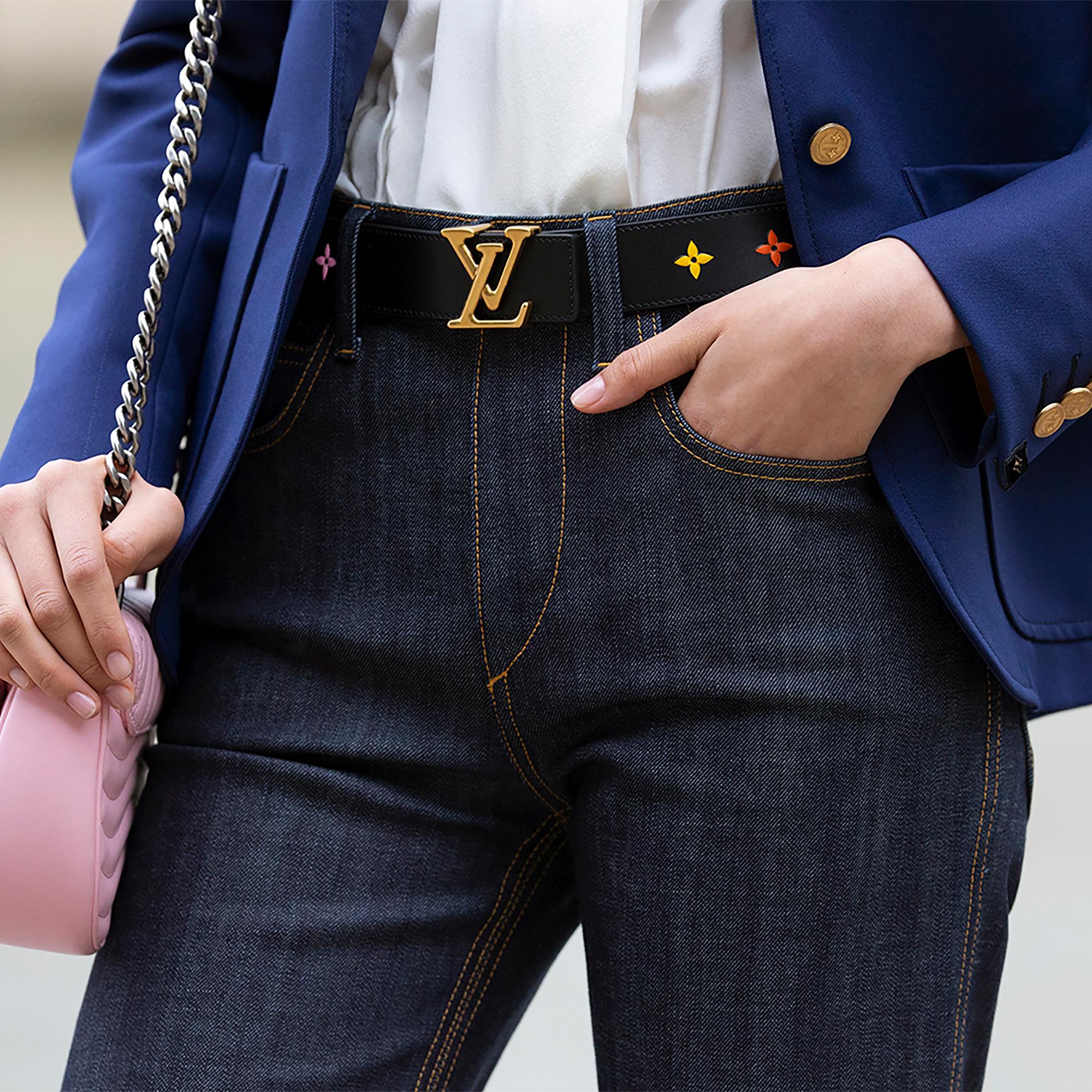
Logo belts are the worst. They're the fucking worst.
Logo belts are for posers.
Logo belts are basically the antithesis of the old money aesthetic. A logo belt says "I have had at least $300 in my bank account and I desperately, desperately want you to think I'm rich." Or, in some cases, like they've had a credit card with a limit of at least $300. At the very best, they say "my friends peer pressured me into buying this."
For that matter, old money doesn't wear anything with logos. Even if they're shopping at Gucci (and they're usually not)... Gucci's logo-ridden clothes also tend to be their cheapest, marketed towards people who think that's what makes you look rich, but not to anybody with taste or money. But the belts are the most common mistake.
Logo belts don't reflect actual wealth, nor refinement, nor any degree of style whatsoever. If you want your belt to look cool, pick an actual aesthetic and go for that. Go for a western belt, or a braided belt (which might fit an Ivy or preppy vibe), or maybe a super narrow "tape" belt for a 50s casual vibe. Or skip the belt. But whatever you want to wear, please, for the love of God, do not wear a logo belt.
Bland luxury is not the old money aesthetic, either.
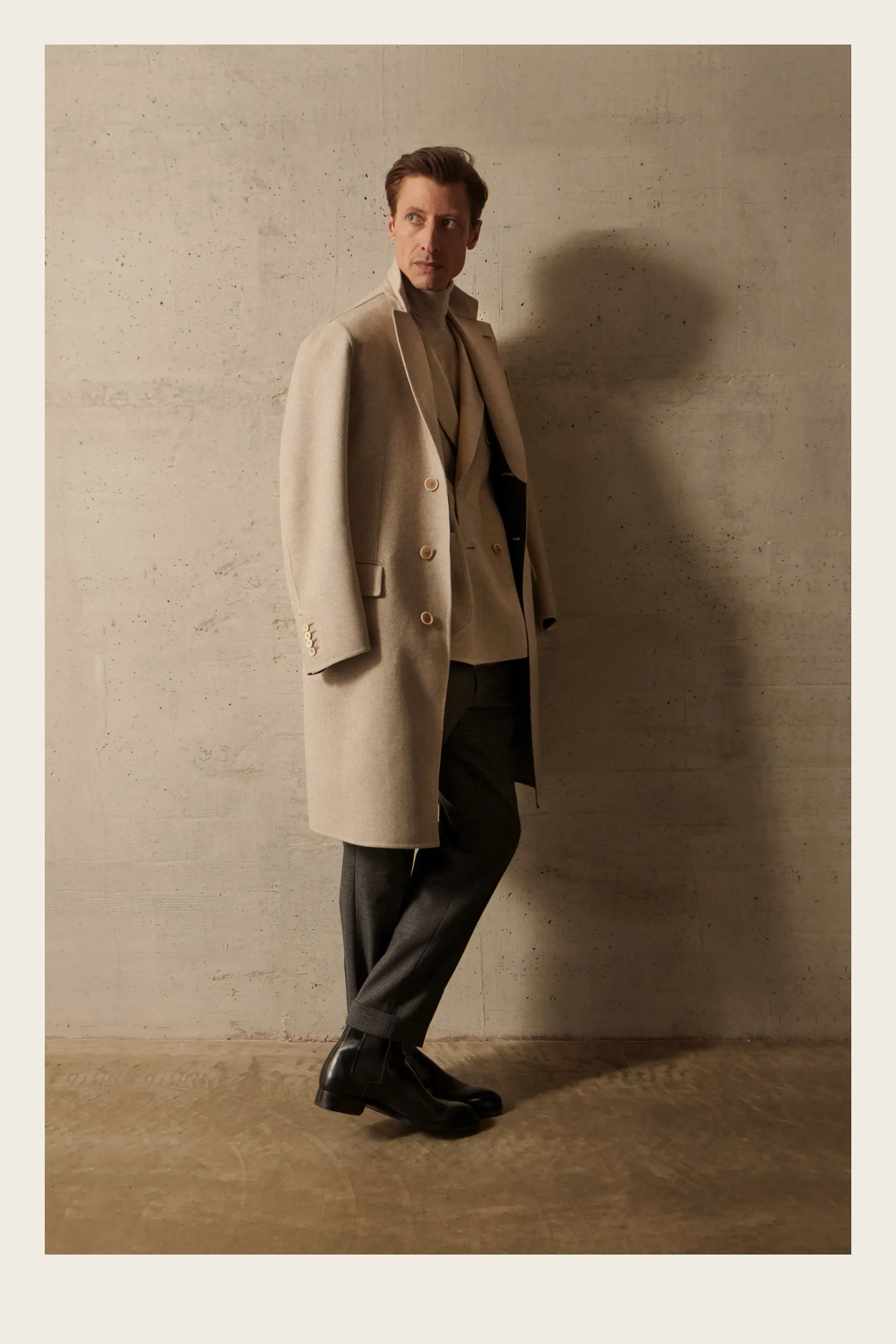
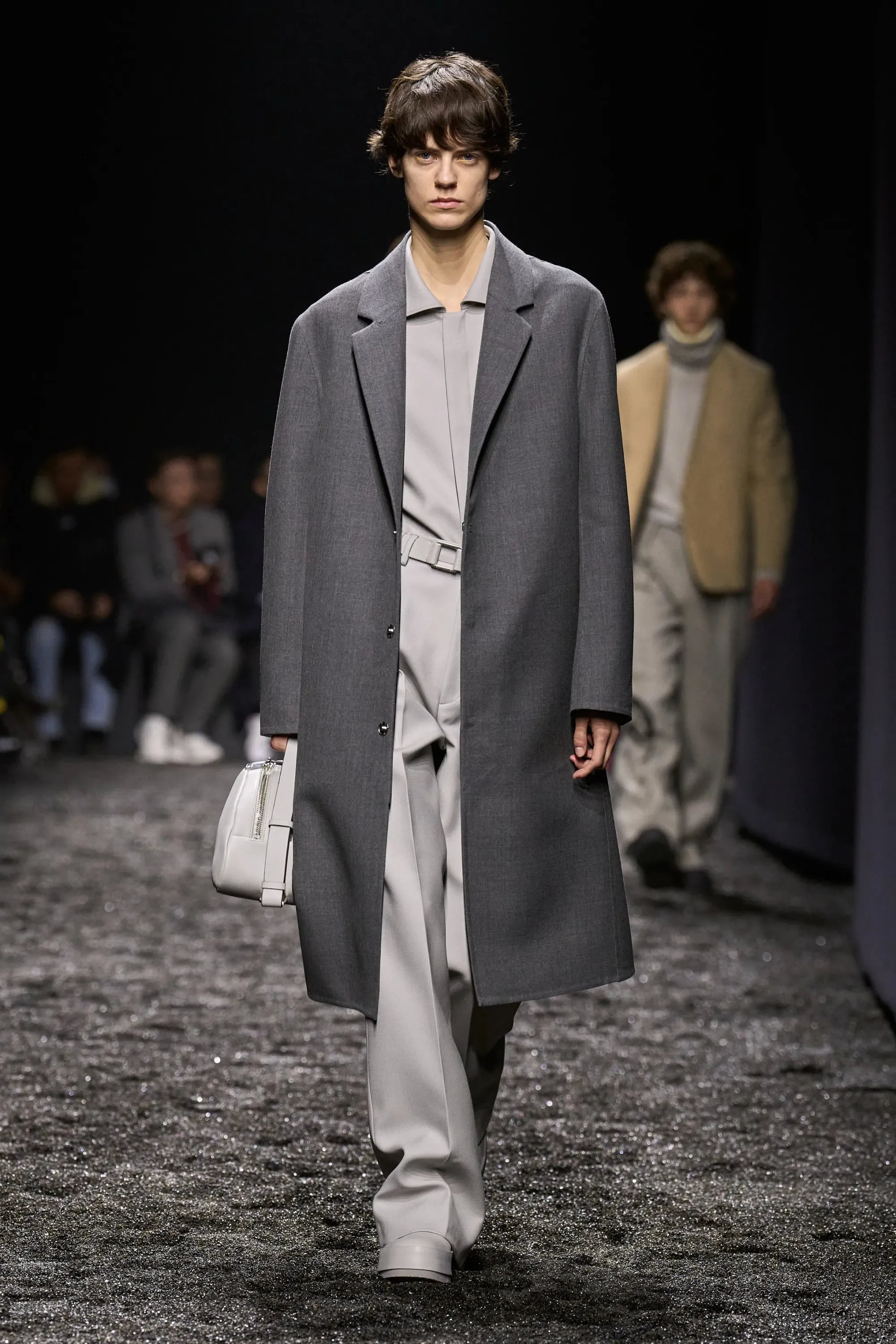
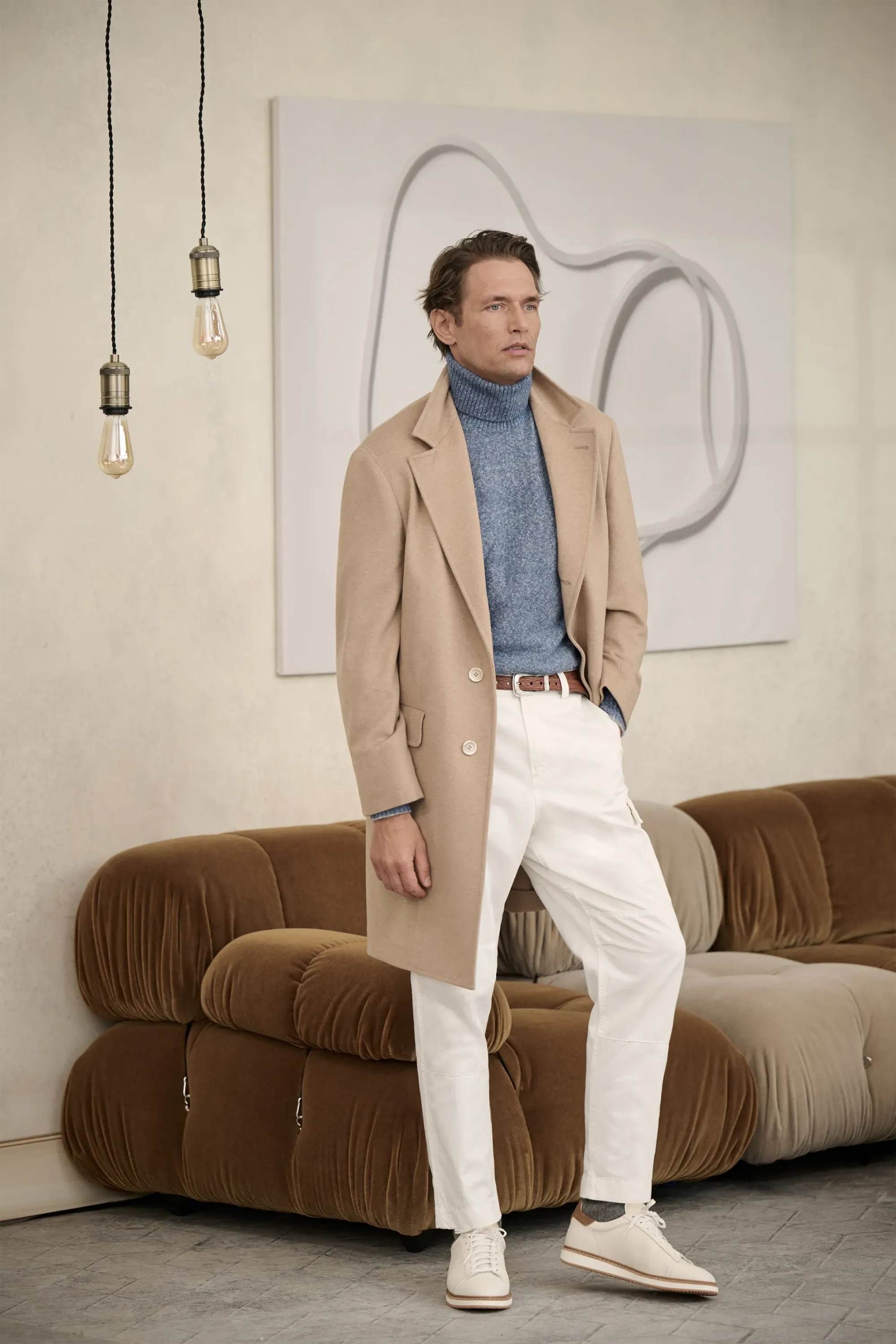
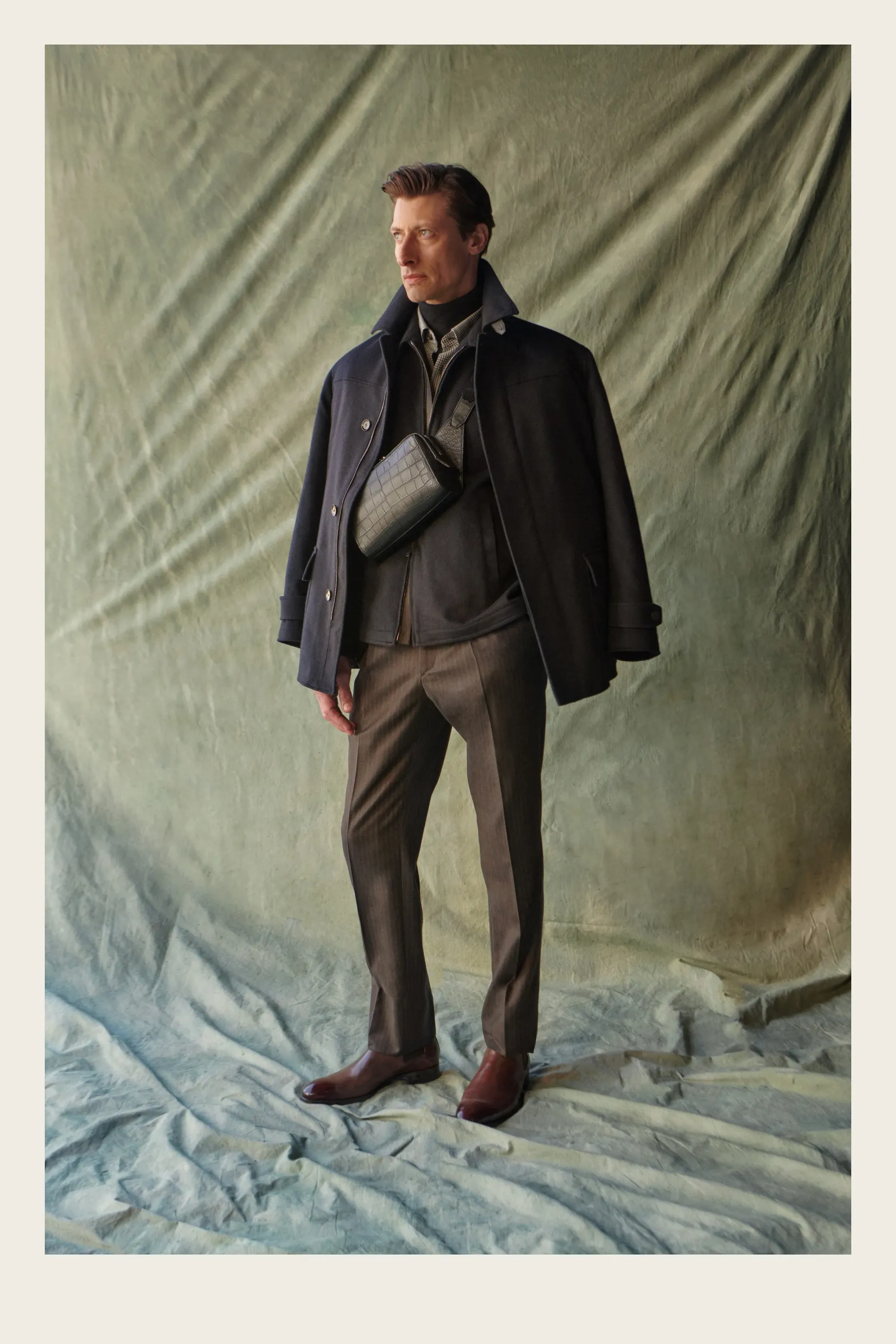
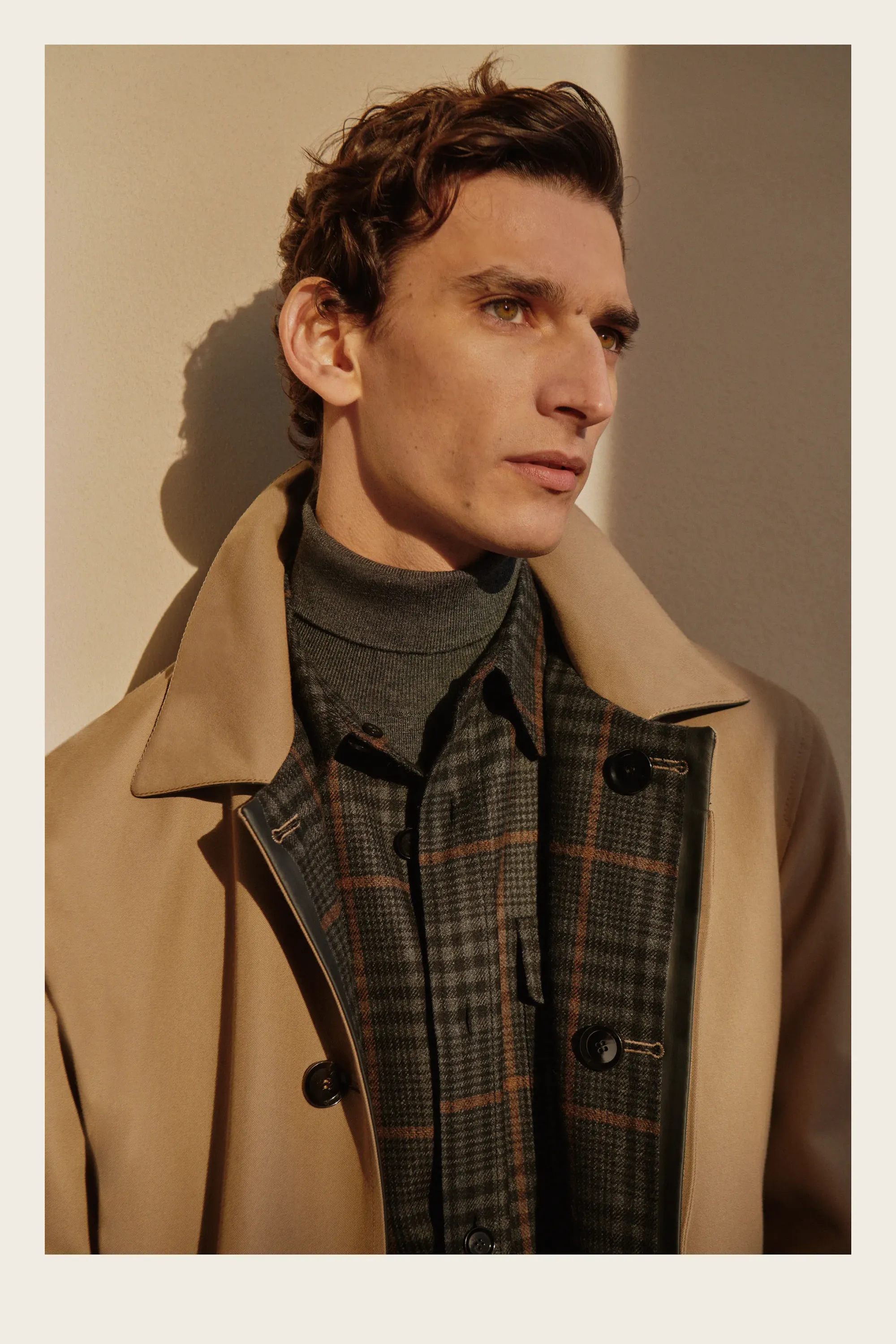
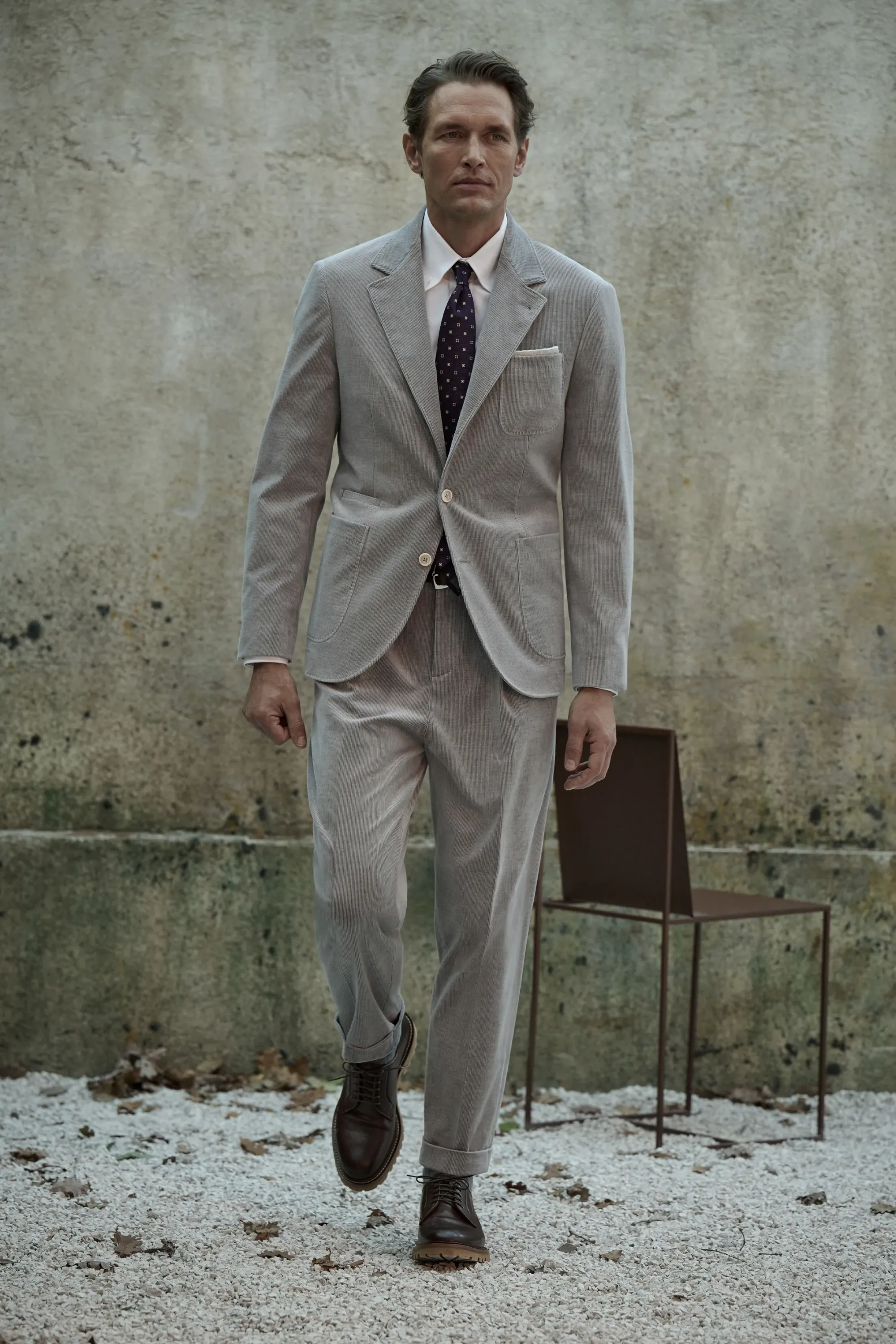
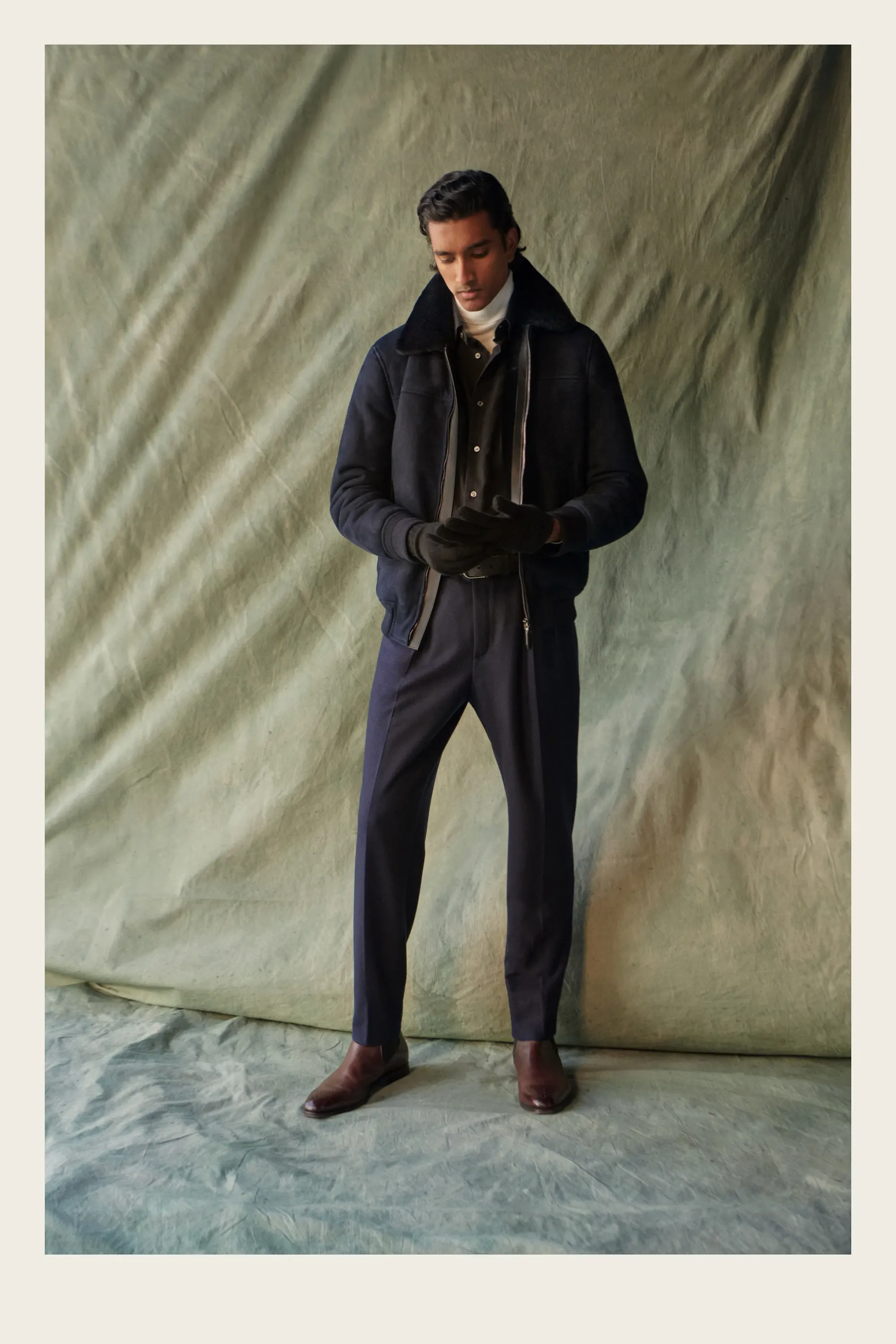
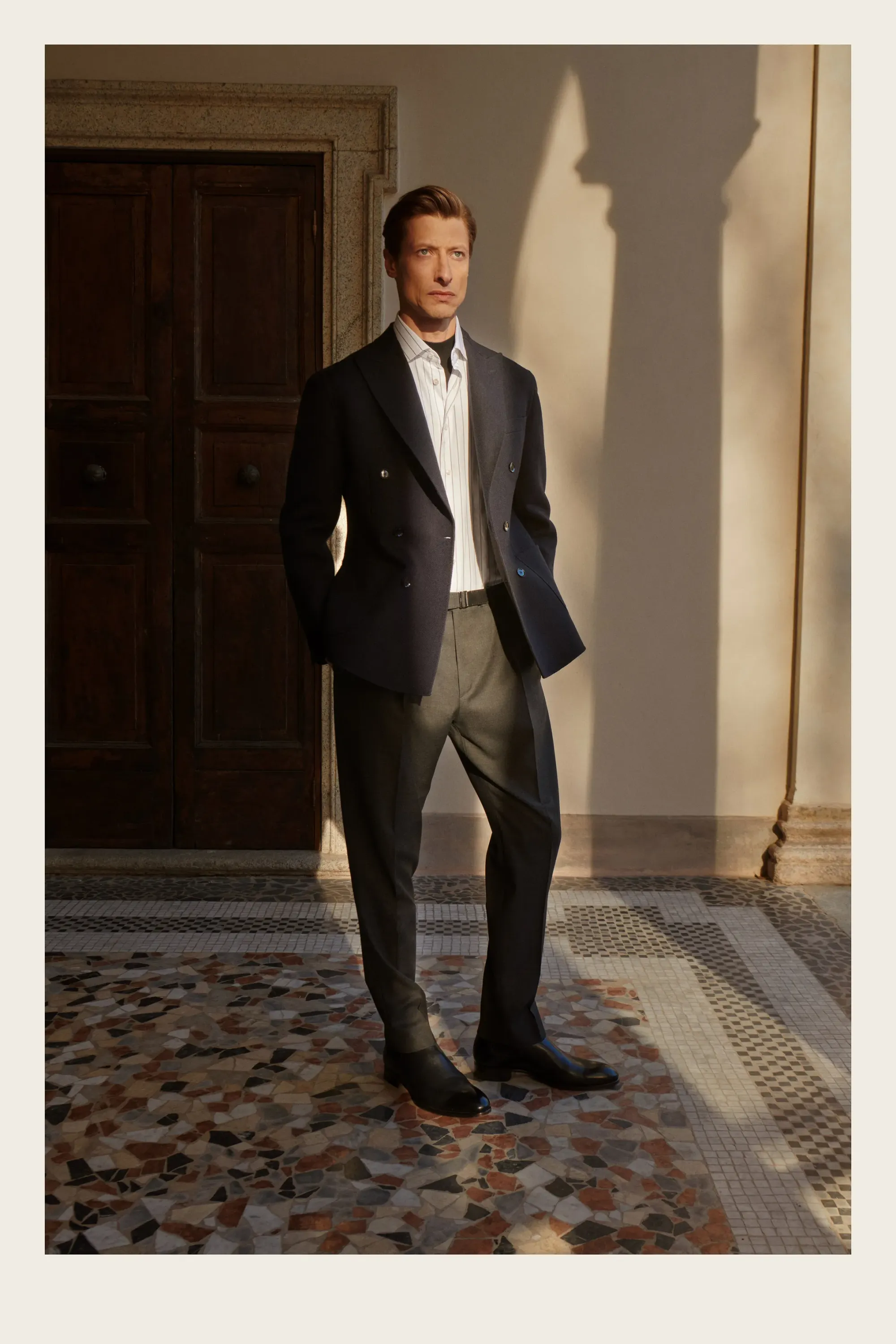
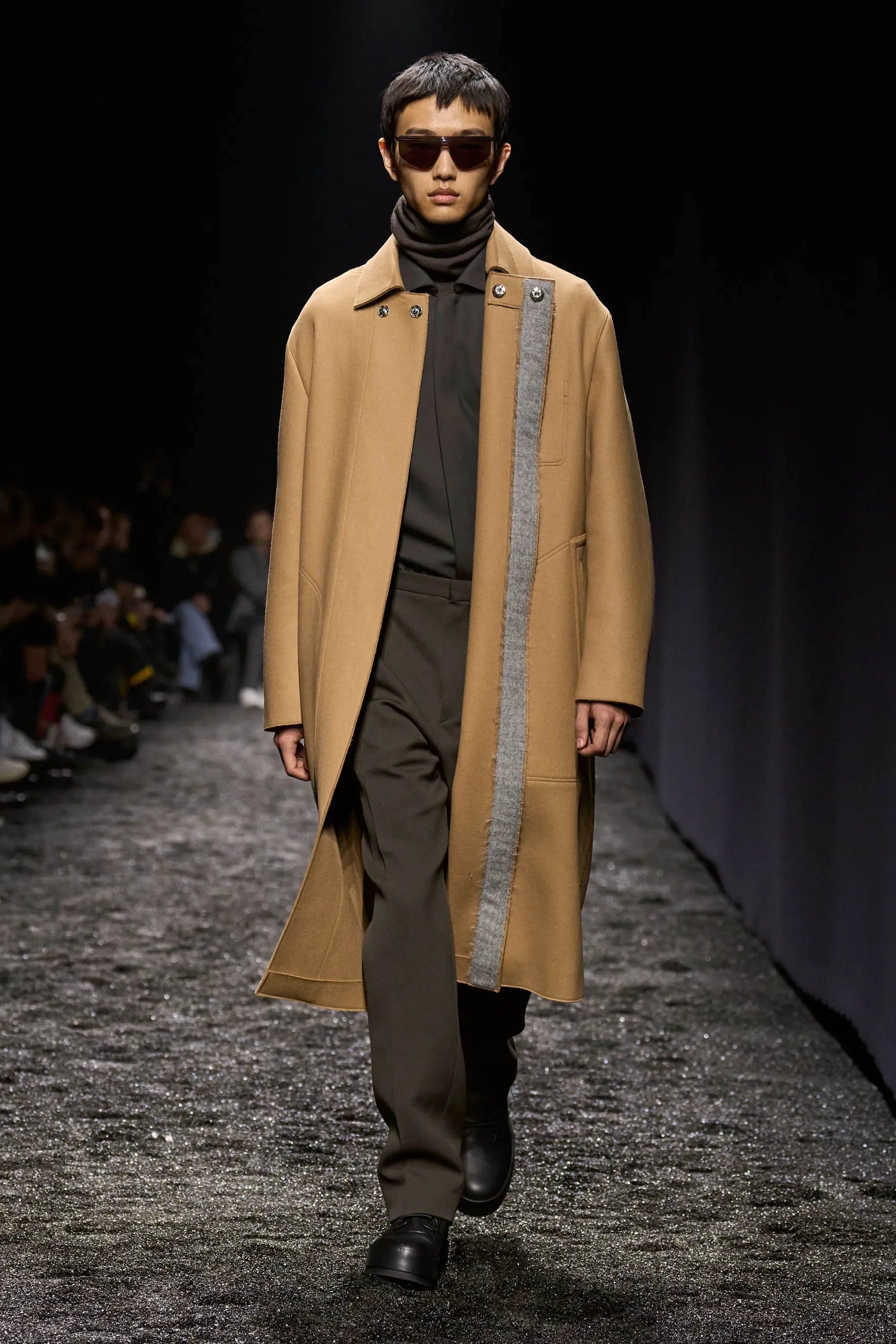
Styles from Brioni, Zegna, and Brunello Cucinelli's recent collections. Touted as fashion, but oh so very bland.
Bland luxury (also referred to as "quiet luxury" or "stealth wealth") is probably what a lot of people think of when they're talking about the old money aesthetic. It's closer than logo belts, but still not right. When I talk about bland luxury, I'm referring to relatively boring clothing in unremarkable styles, bland colors, and nice fabrics with excessive price tags—framed like a fashion brand, but looking like an ad for H&M. Loro Piana, Brunello Cucinelli, Hermès, Brioni... Baby Cashmere, plain $2400 tee shirts. The rumor that Mark Zuckerberg's tee shirts are from Brunello Cucinelli and sweaters from Loro Piana—they're not, he says they're from Buck Mason, but that didn't stop a thousand writers who wanted the expensive brand names in their headlines.
It's not that this clothing is all bad, it's that it's incredibly boring, presenting itself as fashion. You can get a well-made classically-styled overcoat from No Man Walks Alone in Loro Piana fabric, you can spend double that on a unique, special design you will cherish from Bode, or you can spend over double that for a poorly-made, non-designed, bland, boring coat from Loro Piana that will fall apart in a couple of years because it looks almost like the one you saw in the mall. Designer fashion is slowly ceding ground to... nothing.
Loro Piana's openwalk line of footwear, in particular, is notably both bland and ugly. People wear them because they're comfortable, because their rich friends wear them and they want to fit in and look rich without being ostentatious, or because... well, because this look has gotten really popular lately, and people want to fit in. Fashion designers are starting to realize that they can phone it in and make more money, because people don't actually want fashion, they just want to buy something that makes them feel fancy. Even if it's just an overpriced play on a Cole Haan frankenloafer.

It's worth noting that bland luxury brands are often significantly more bland for men than they are for women. This plays into the problematic cliche that fashion is somehow a strictly feminine endeavor. Fuck that noise.
The target customer here is really new money. People who have plenty of money (enough that they don't care about getting a good value) and a mild interest in going shopping, but no deep interest in clothing and no real taste. They are certainly too lazy to do research into which brands provide good values, or develop good taste, or understand different aesthetics. They just know that logo belts and gaudy conspicuous consupmtion are out of style, so they've fallen for minimalist marketing as though it's the only alternative.
That might sound like it's old money, but there are a few important differences. Old money doesn't want to go shopping, but the families have stores—institutions, really—that they've trusted for... perhaps centuries, and get most of their clothing from. Old money doesn't want to feel fancy, they were born fancy, they're used to fancy, they don't need to spend money to chase that high. They don't need to spend thousands of dollars on a plain baseball cap, or want to.
This also isn't really a cost-effective or especially interesting way to approach "looking rich" or playing with the idea of traditional wealth in a more complex aesthetic. I'll get into ways to do that later.
"Old money" does not mean "old people who have money." You are confused.

Again, "old money" refers to families that have been wealthy for generations. The term works in opposition to the term "new money," (or "nouveau riche") which often perjoratively refers to people and familie who came into their own money (either by earning it or otherwise). Whereas "new money" tends to be excited to suddenly have money, but not know how to use it, "old money" combines deep, generational wealth with a certain mindset about class and "society," proper. The mindsets and aesthetics of "old money" individuals are hard to understand, since they tend to avoid the rest of us, but they are known to value their time and privacy, and stick to one another.
For clarity, "old money" tends to mean centuries old. The Waltons are new money. The Rockefellers and Carnegies are new money. Old money, in the United States, generally made its wealth in Europe, or at least before the United States existed.
The Astors and Vanderbilts are old money. Jay Gatsby is new money. Tom Buchanan is old money. Tony Stark is new money. Bruce Wayne is old money.
Morning dress and white tie are kind of just European.
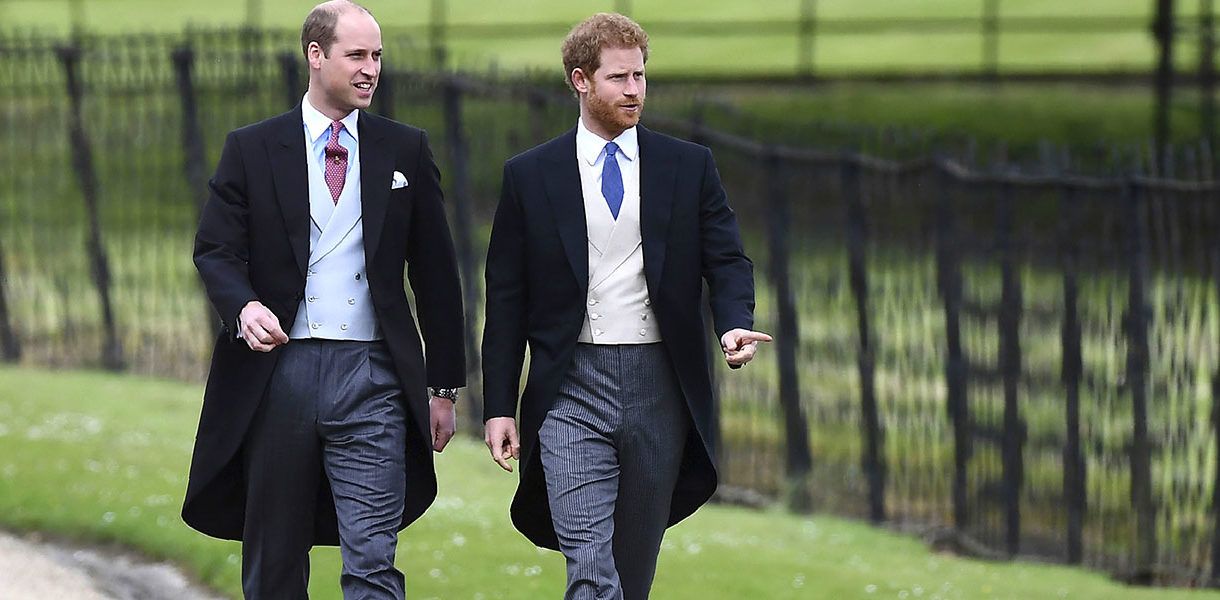
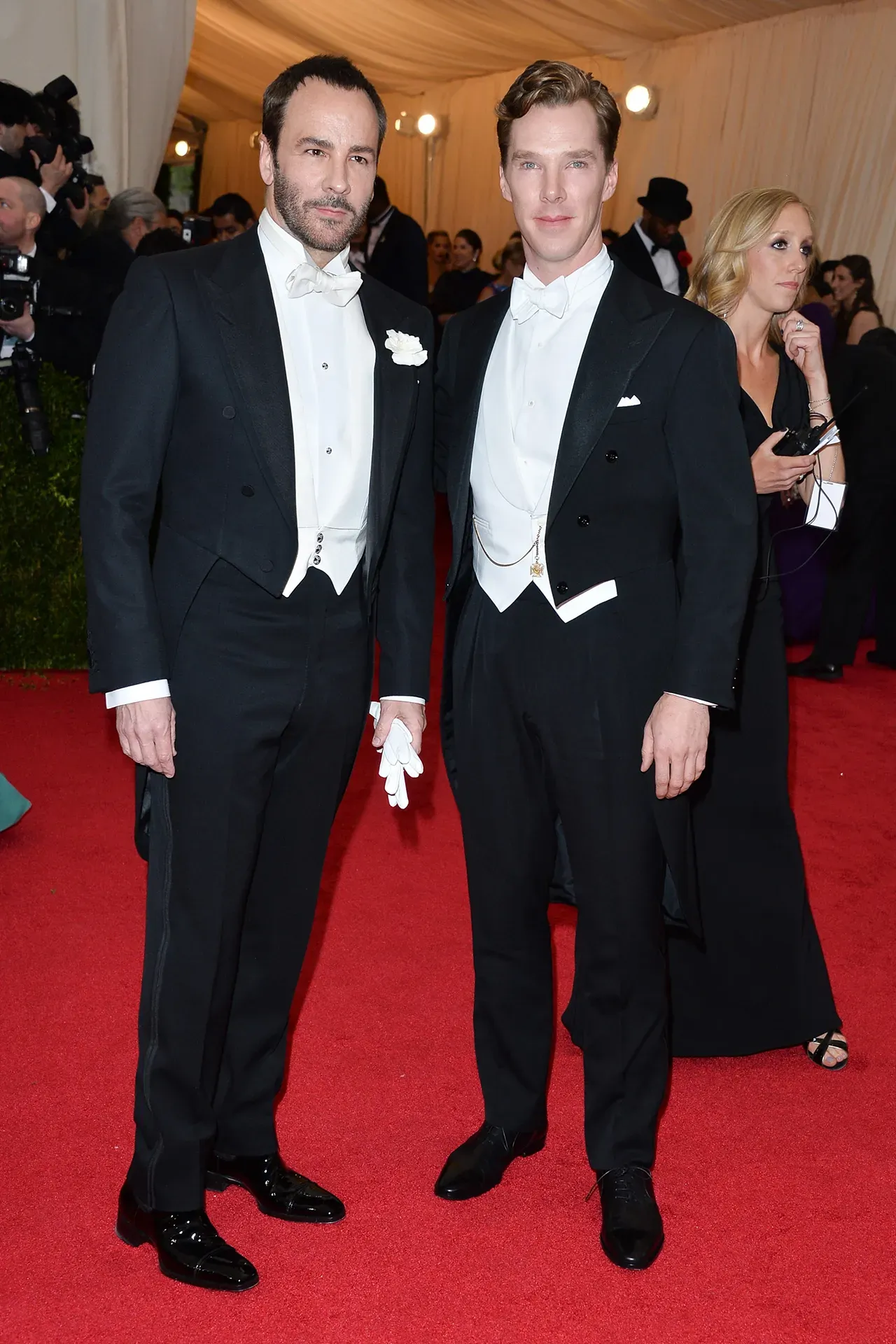
Charles and Harry are old money, and they're dressed fancy, but this is just morning dress. Tom and Benedict are new money, wearing white tie because the occasion called for it.
You might have seen royalty wearing these very partiuclar types of suits, and, if you're American, you probably thought it was very fancy. It is very fancy. Royalty will wear morning dress to a wedding, and white tie to a ball with a white tie dress code.
But so will lots of people in Europe, I guess. Europe is weird. Morning Dress and White Tie, specifically, are common in England, but there's much more out there—Scottish Highland dress, military regalia, and events with more specialized dress codes like Vienese Balls... More dress codes than I'm aware of, at the very least.
I'm not really the expert, here; I'm American, and we don't really have events with these dress codes. But when the dress code calls for a very particular type of formal attire, that's what you wear, no matter where your money comes from. There are also some particular occasions where, for example, the musicians are expected to wear white tie. You probably don't want to go to a gala and look like you're part of the band, so get the dress code right—if it's a black tie event, white tie is not just overdoing it, or it's not more European, it's wrong and you'll look like a dork.
Old money, in Europe in particular, might be more likely to be invited to a ball with a fancy drsss code, and might be taught about these dress codes growing up, but they don't dress like this often, and the style isn't nearly exclusive to them.
If you want to play with white tie or morning dress, you're less playing with the idea of wealth, and more playing with formality and tradition. That's hard. Good luck.
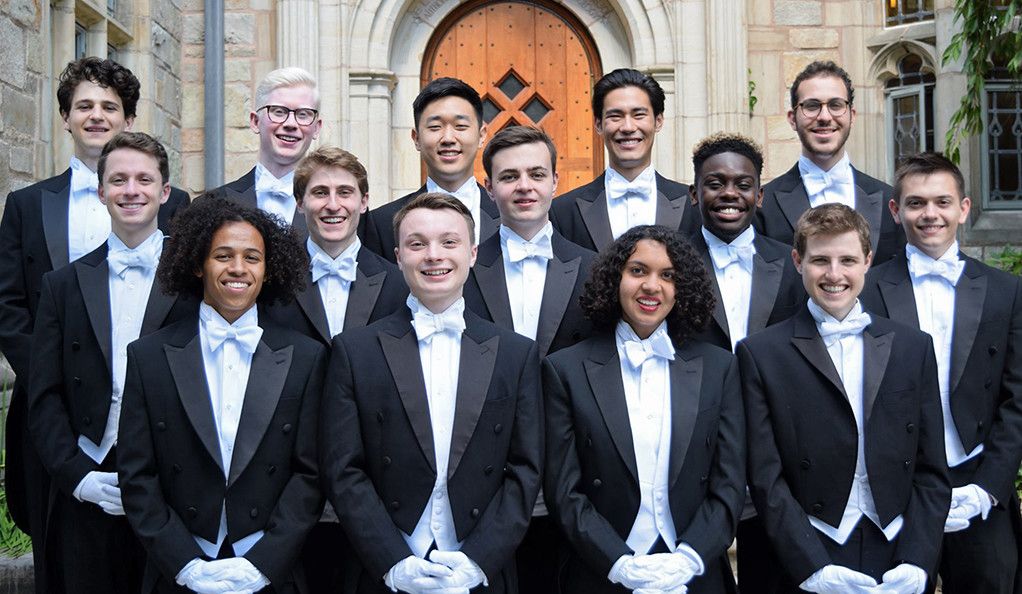
Dickie Greenleaf is not really the old money aesthetic.
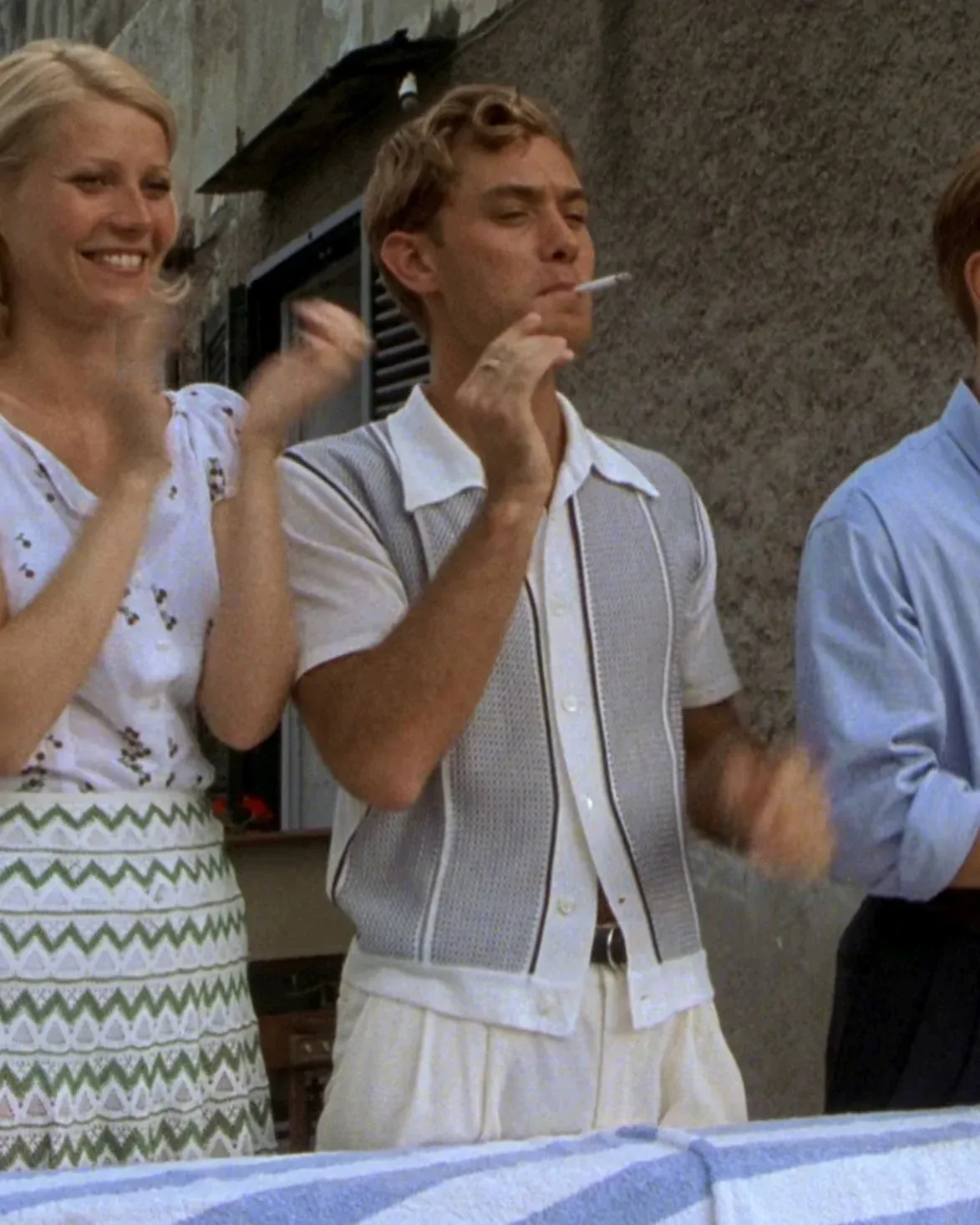
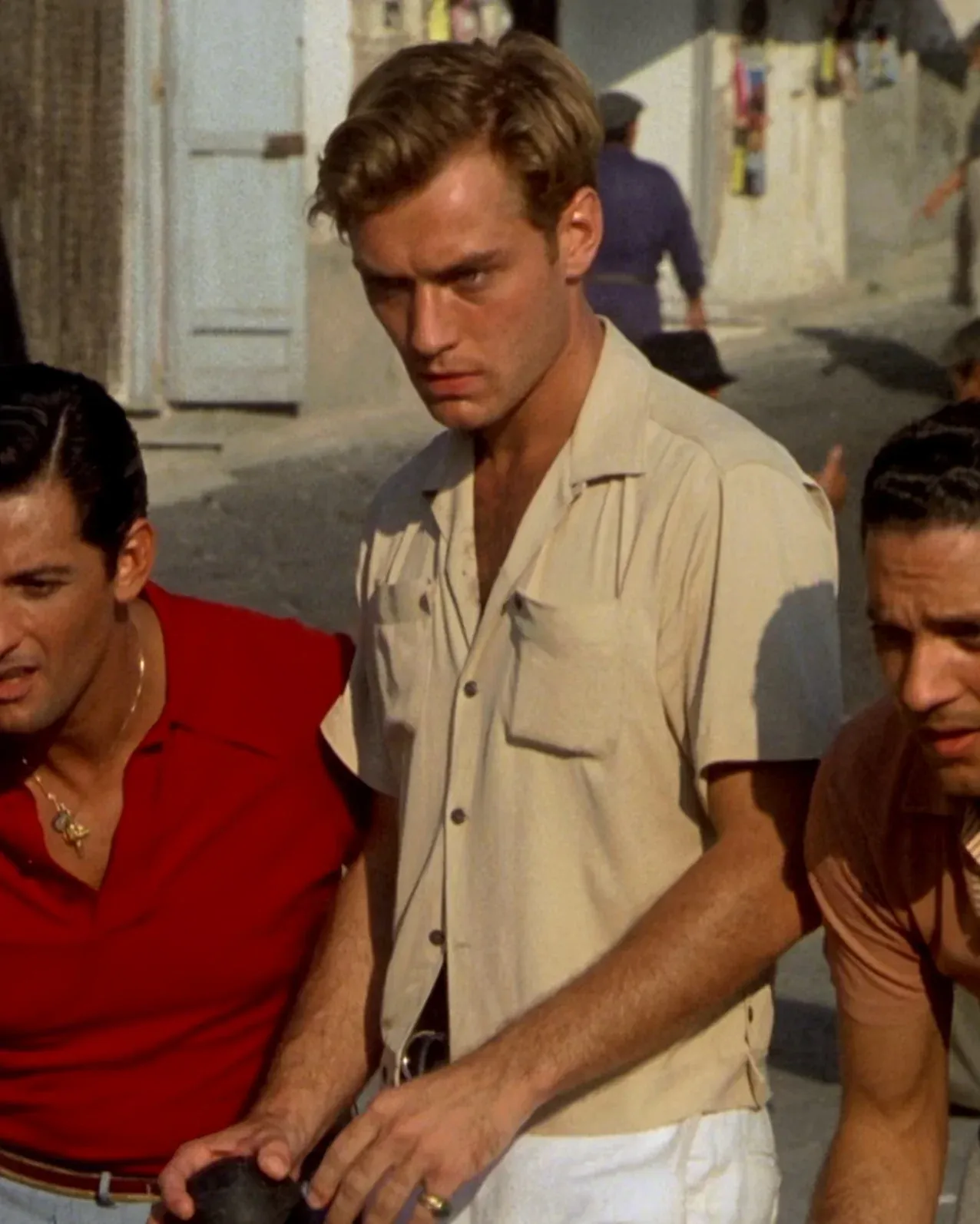
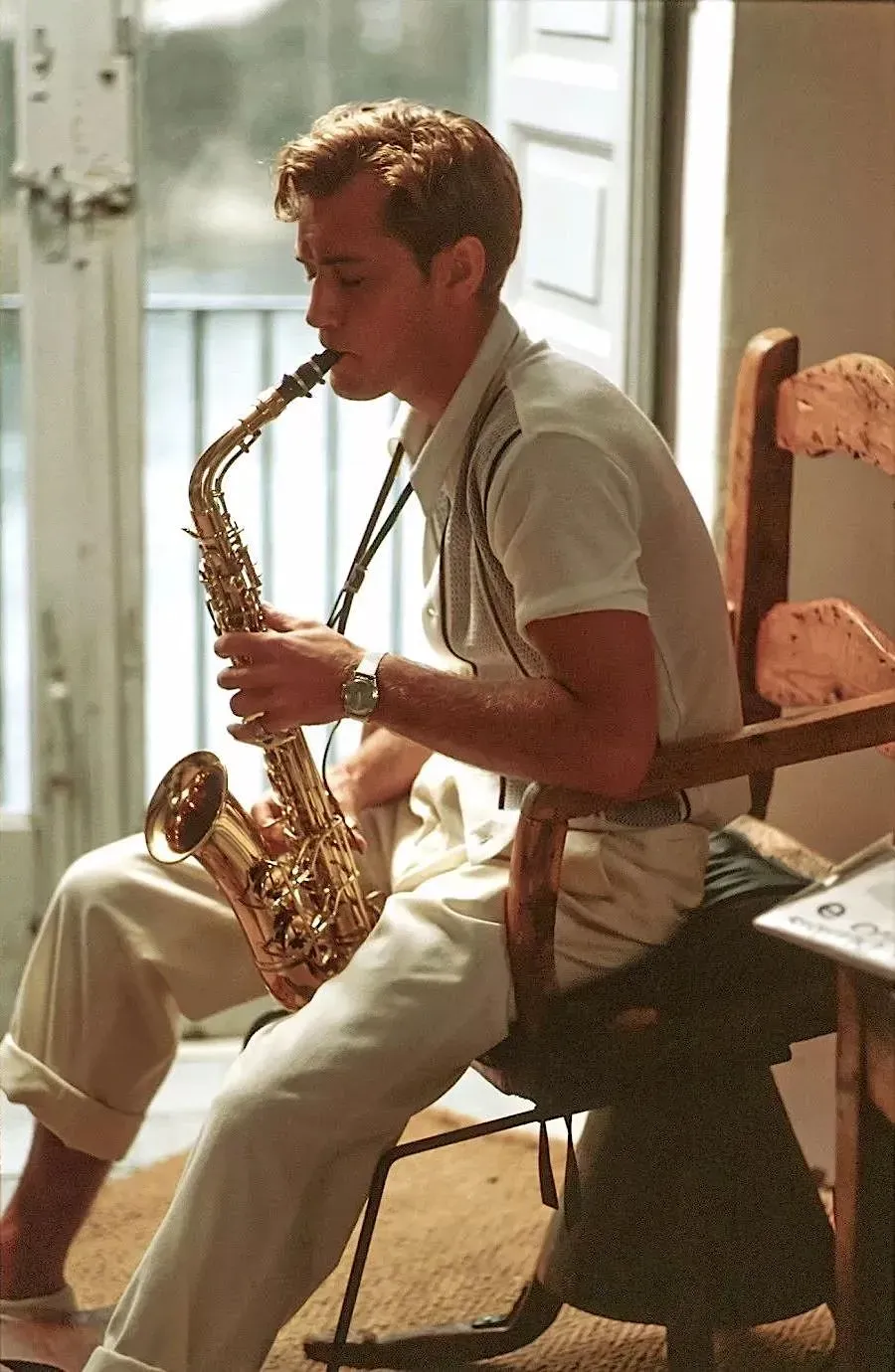

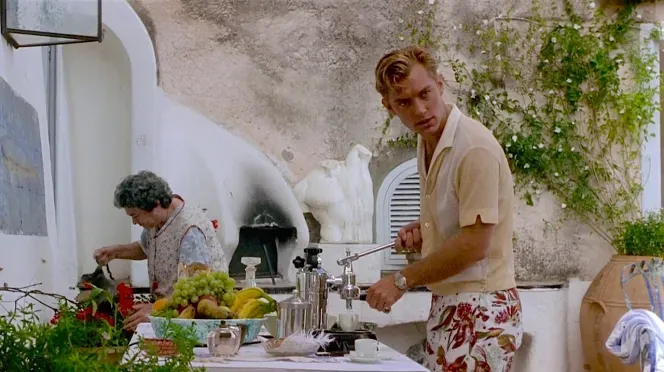
Jude Law as Dickey Greenleaf in The Talented Mr. Ripley
Old money might have dressed like this here and there over the years, but it's not their vibe in 2023. This vibe is kind of trust fund baby, kind of mediterranian casual, kind of 50s casual. Which might sound bad... But I think it's actually a very solid look.
You probably won't look rich dressing like this. There's a very real chance that people say you look more like Cosmo Kramer than Dickie Greenleaf. But... Kramer was the best dressed of the gang, fight me. It has a certain air of refinement with no risk of people asking you why you're dressed up. It's a sweet spot for looking both laid back and classic, if you can execute it right.
For more, see "The Italian Knit Shirt Fantasy" by Daniel Penny. Shop for this aesthetic from Scott Fraser Collection—knit shirts, high rise trousers, tape belts—or go for true vintage. Knit shirts, specifically, started to get somewhat ubiquitous a year or so ago. You might also find some at Todd Snyder.
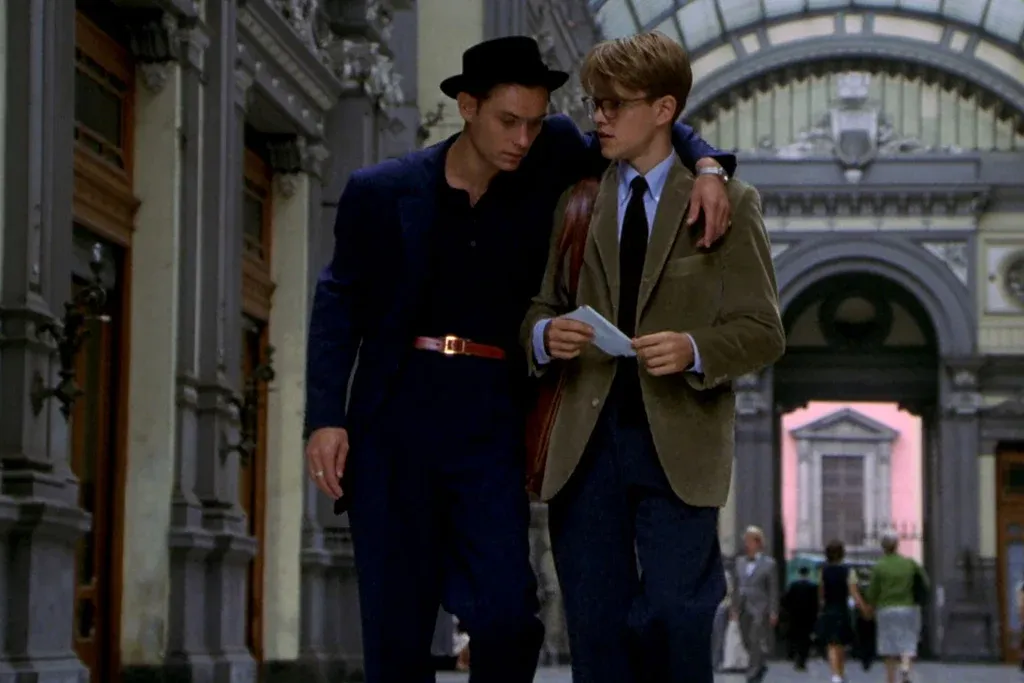
Fur coats used to be old money, but not anymore
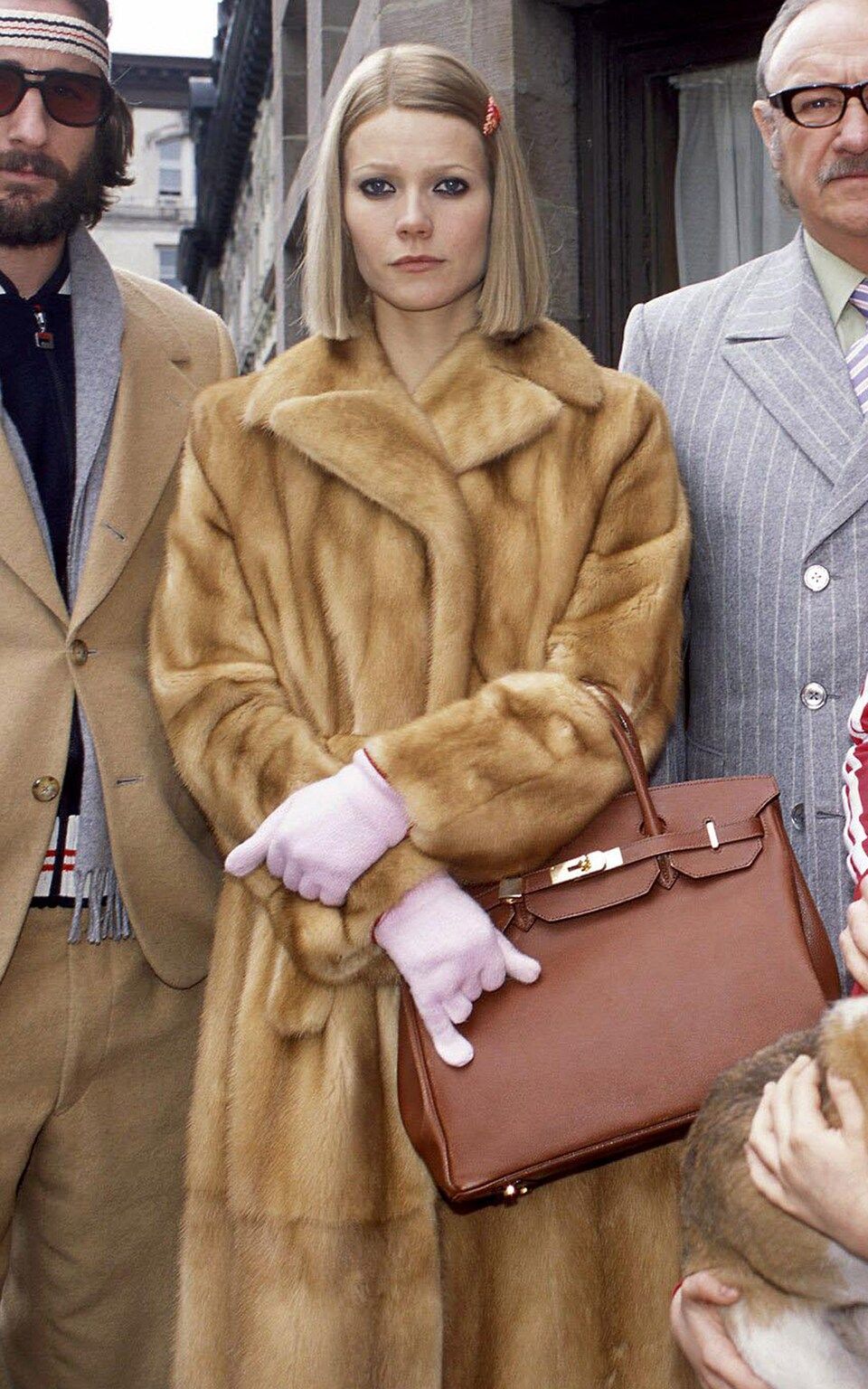
Fur coats, minks, and other fancy animal pelts are obviously soft, warm, and expensive, and were once widely appreciated for all of these features. Though opulent, they were once a staple of high society. But in 2023, fur coats are worn primarily as that vintage perspective on opulence, or an ironic play on it. Maybe that's what you're looking for when you think you want the "old money aesthetic," but old money has moved away from opulence towards a strong preference to blend in.
Maybe now's a good time to point out that, if your goal is to play on ideas of visible wealth, then yes, fur coats are a fun way to do that. But be careful. You want a creative take on the fur jacket, with a deeper intent than "I wanna look rich"—that's just never a good look.
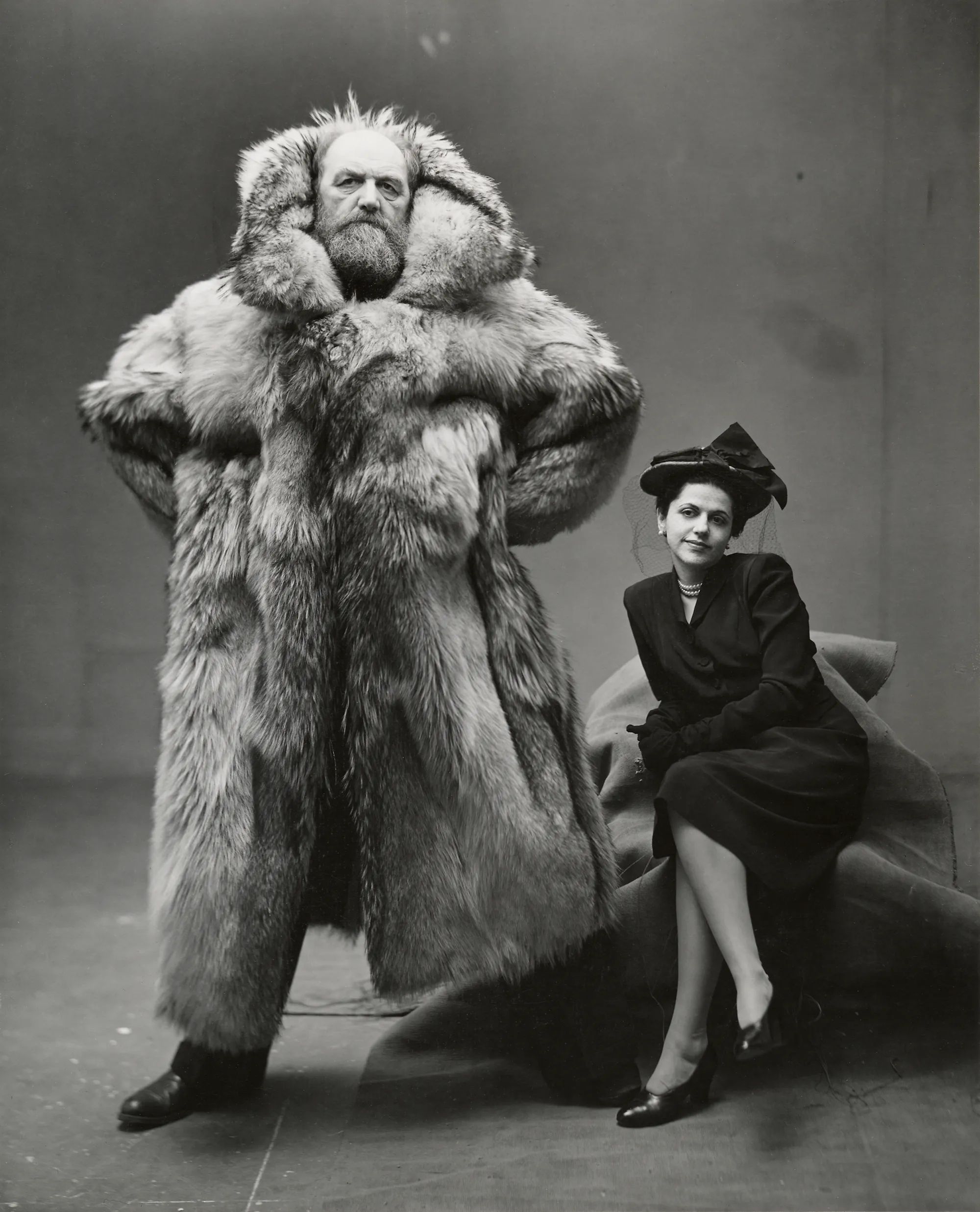
Traditional and Classic menswear is not the old money aesthetic—at least, not usually, not anymore.
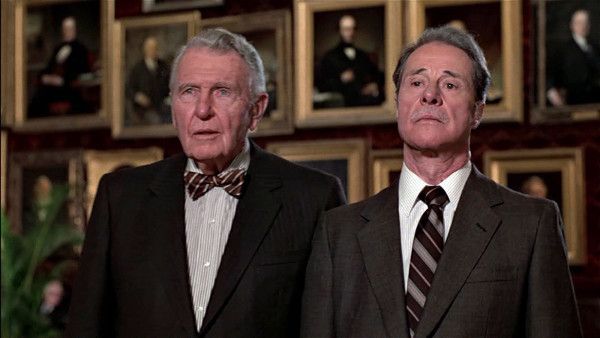
A business suit might have been something a banker or lawyer wore, but bankers and lawyers are professionals currently trying to earn more money. Old money doesn't need to work. There might be some contexts where they still wear suits to keep up appearances—particularly if they're royalty. But most old money is not royalty. Most of them don't need to appear any way to anybody. Wearing a suit in 2023 does not help you blend in.
Saville Row used to be exclusive; they wouldn't let you in the door unless you knew somebody, and there was no display in their windows, just a curtain. But this changed with Nutters of Saville Row in 1969. Nutters had a display in the window and served rock stars with no aristocratic connections at all. With quality bespoke tailoring no longer exclusionary, old money slowly started to care a little less. Princes wear J. Crew now.
The English Country House Look was a very popular vibe among old money for quite a while; it reflected your ability to invest in a home and a whole life away from the city where you don't really have to work or do anything but read and ride horses and hunt. But that idea of leisure has sort of faded away. Tweed has since been repurposed by academics and menswear dorks.
For that matter, "Italian" tailoring (you're probably thinking of Neapolitan tailoring) is not especially old money. A lot of influencers these days just slap the phrase "Italian style" onto whatever they're sharing, and that... doesn't make sense.
America's southern styles, including white-and-blue seersucker, may once have carried the implication that your family donated political funds to Jefferson Davis, but now really just suggest that you're either a vintage menswear nerd or a young republican.
Tailoring is also pretty ubiquitous. The common man has been able to afford a charcoal gray suit and a white broadcloth shirt and a decent silk tie for quite a while now, and has worn it at least once. Suitsupply and Spier and Mackay (use code E4HPYF for 20% off) have made vaguely Neapolitan-style tailoring more accessible, and new money gets proper bespoke about as often as old money.
Really, dressing like this, especially in casual contexts, is too much work for somebody who has no need to do anything at all. But there are exceptions. Old men who were raised to dress like this in the early 1900s; men with important positions or who need to keep up appearances; and men who just have a genuine passion for classic tailoring, they exist too. But I still wouldn't call this the "old money aesthetic."
Edit: Since publishing, I've been told that bespoke tailoring and tweed are still somewhat common among British aristocracy. Although I believe they're less exclusive and less common than before, I can only share my perspective as an American, where good tailoring is a true niche interest.

Ivy and Prep are country club aesthetics, but not quite old money.
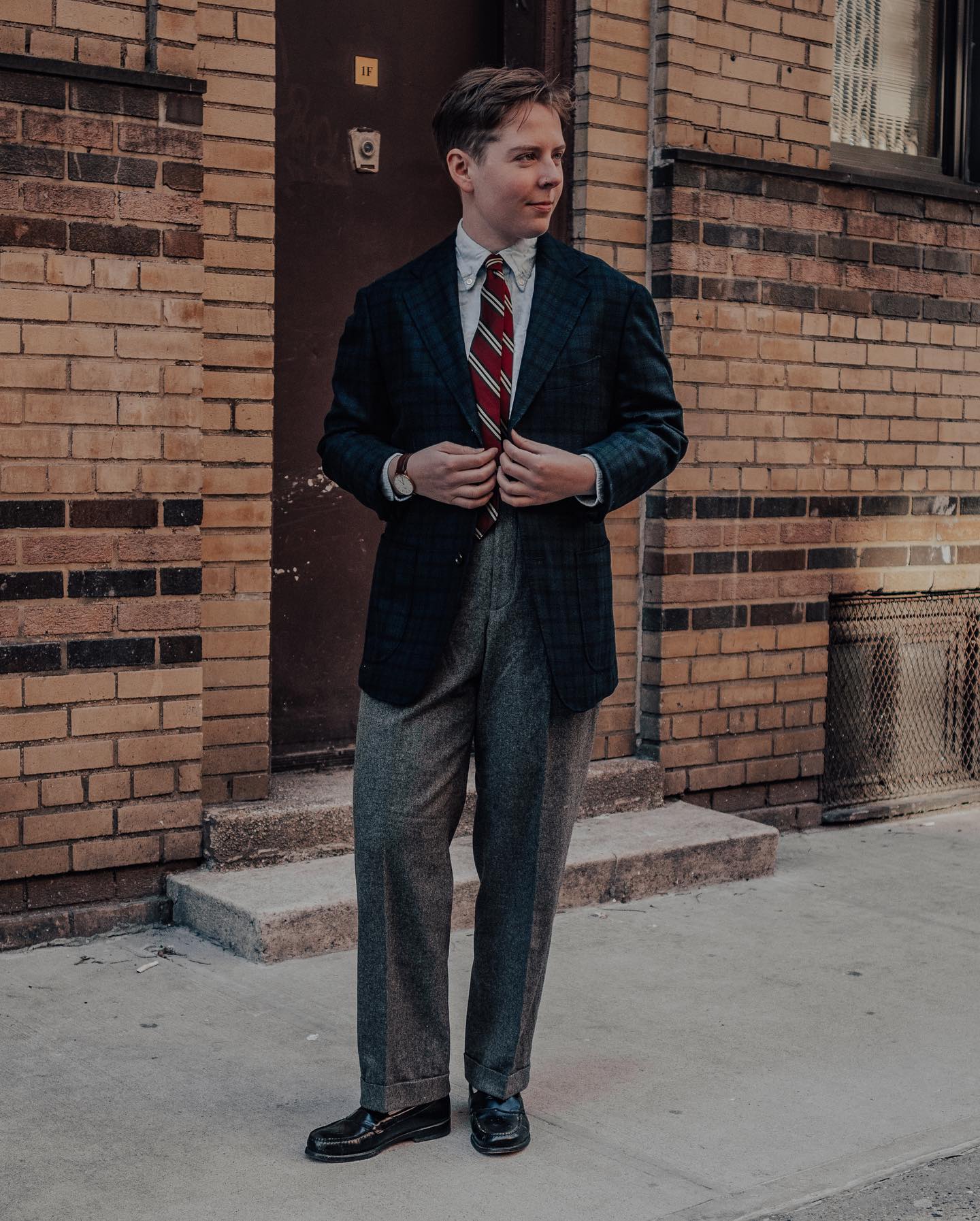
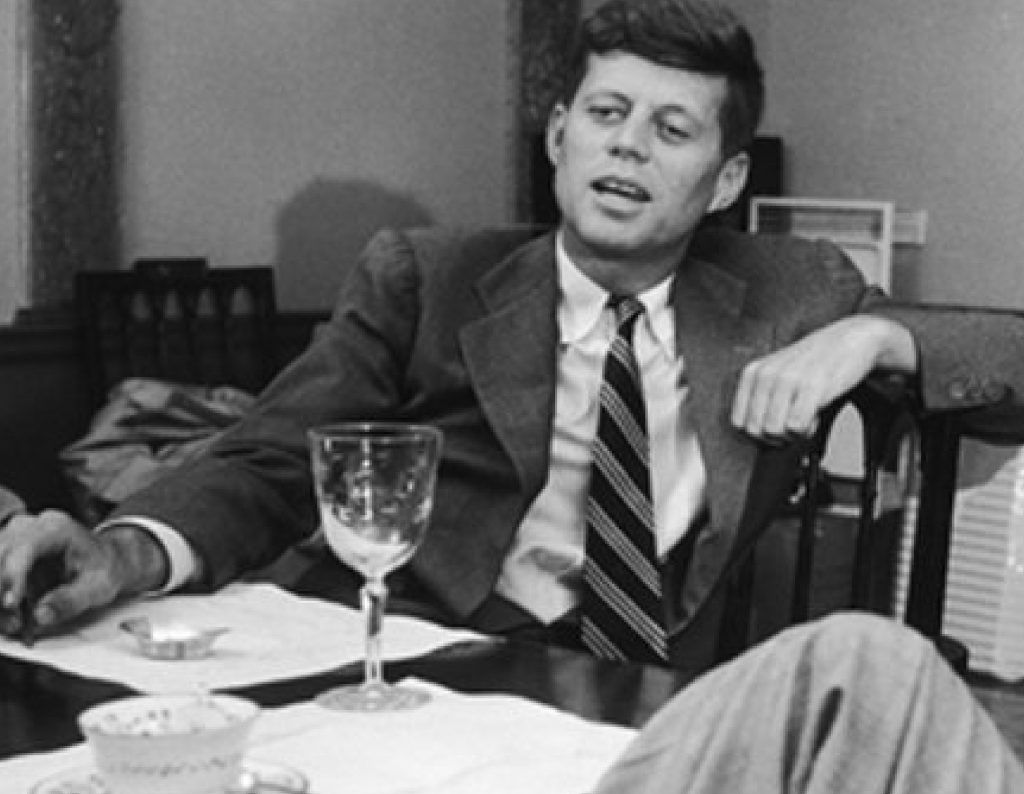
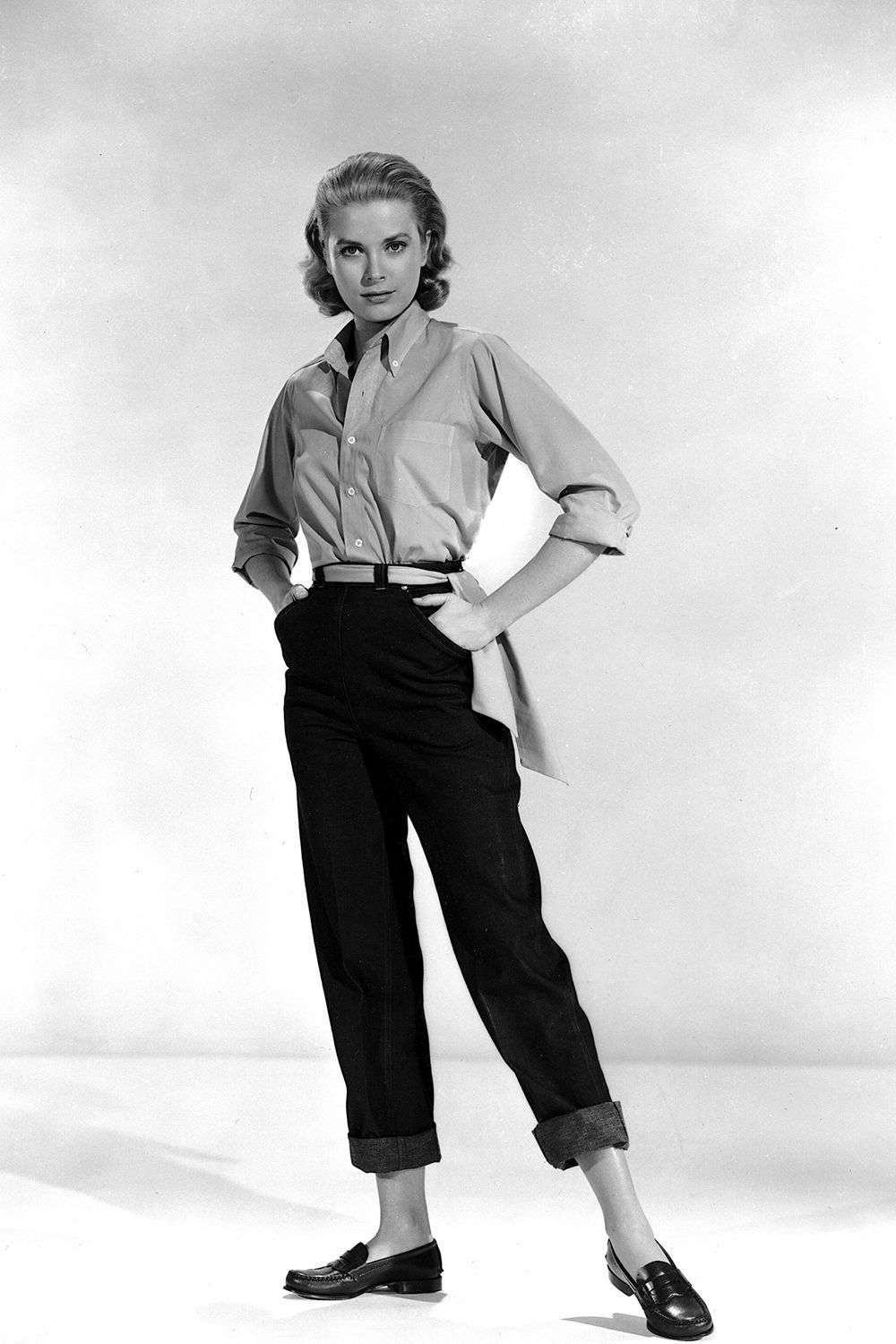
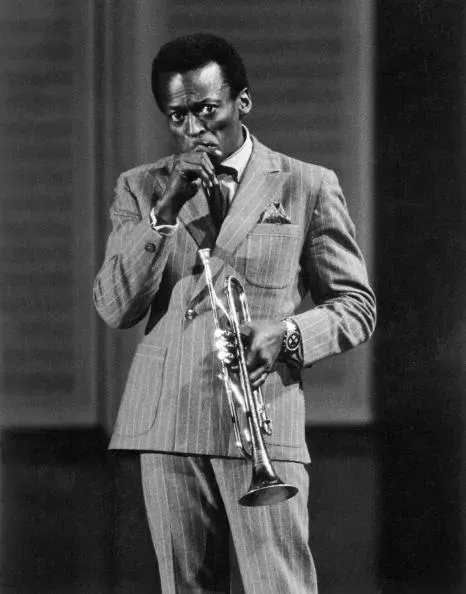
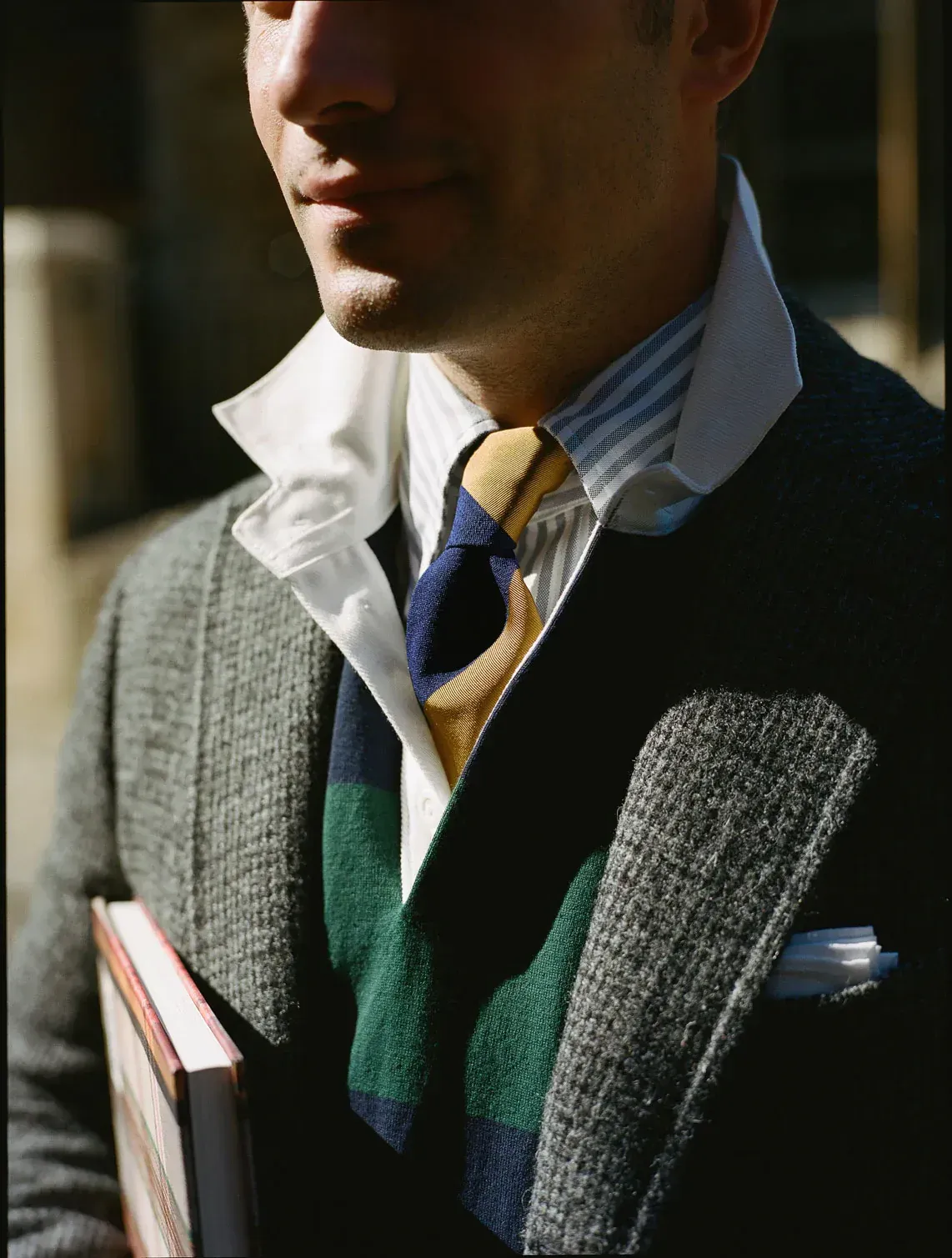
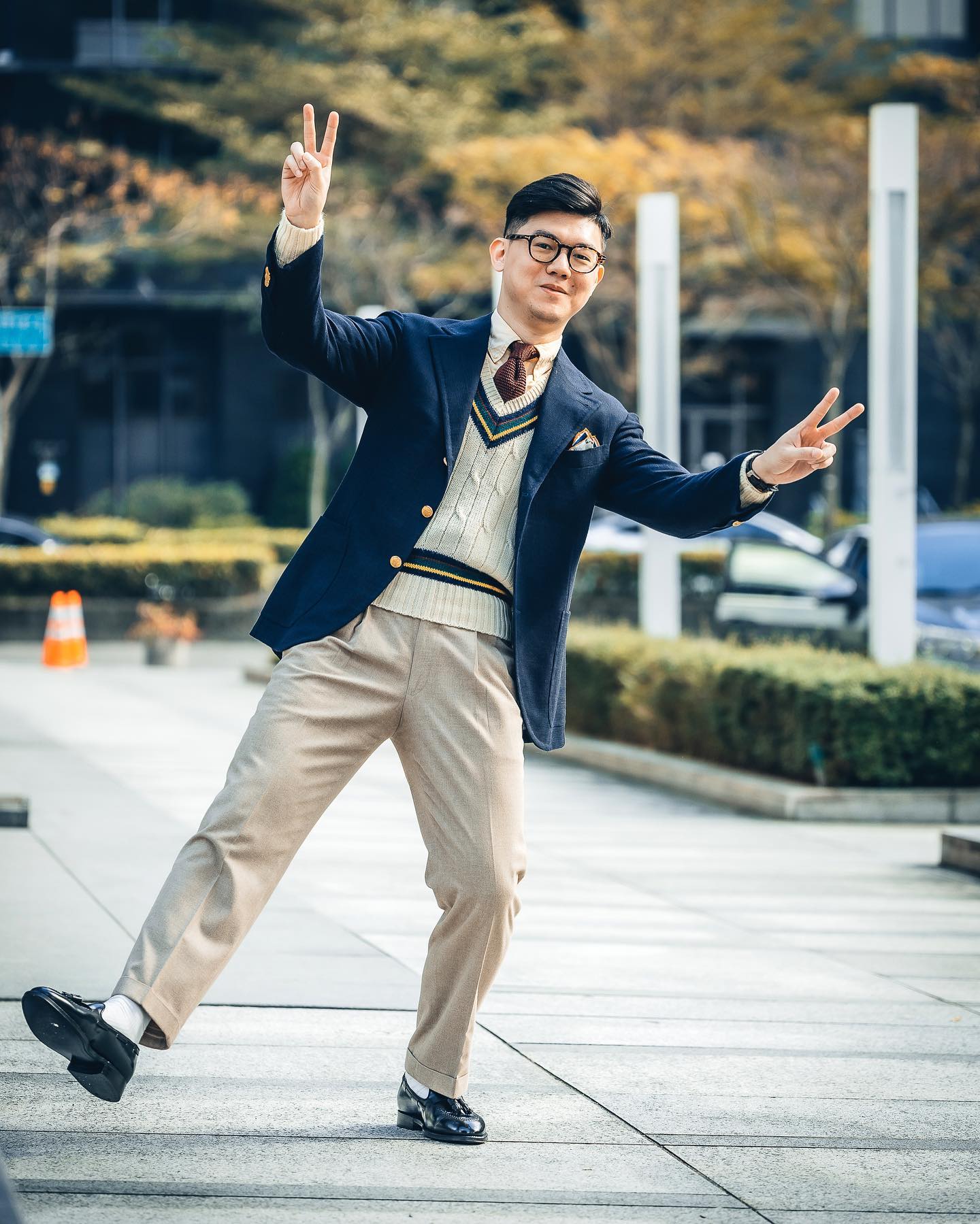
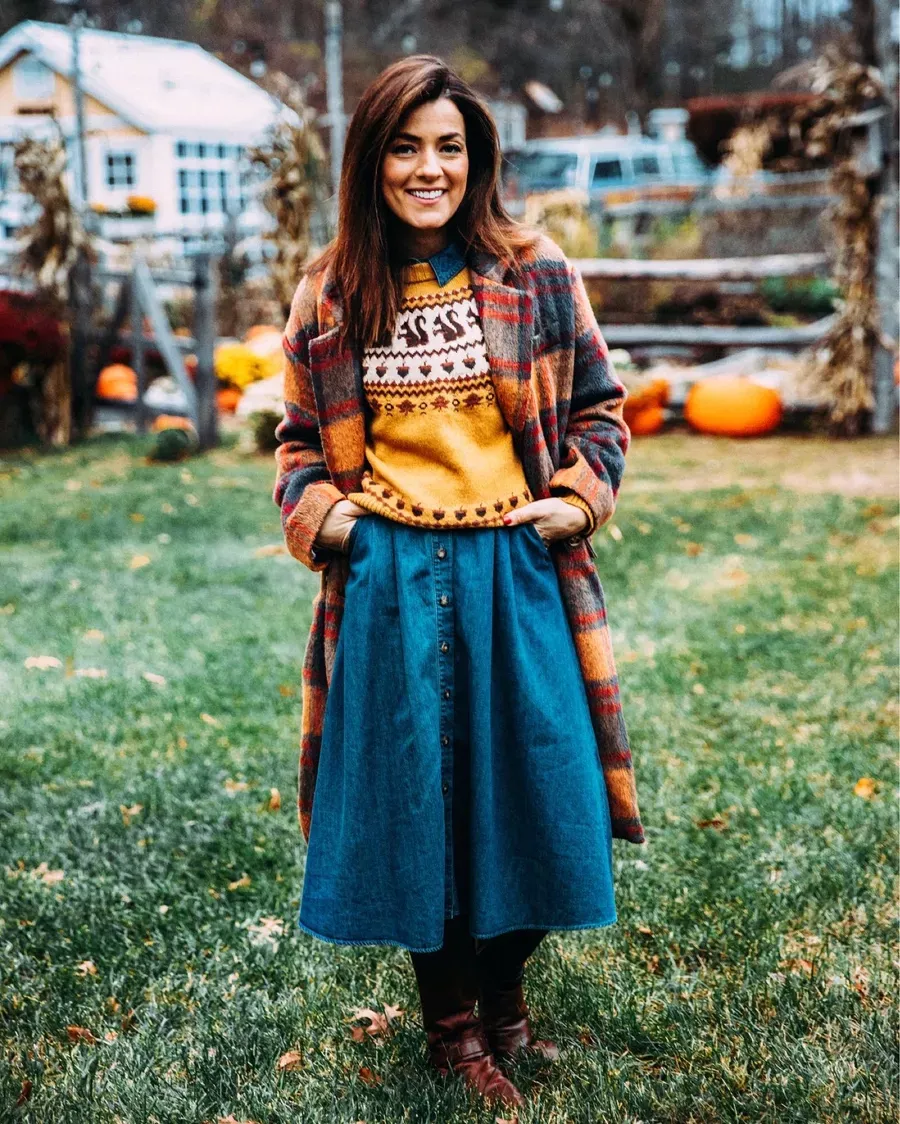
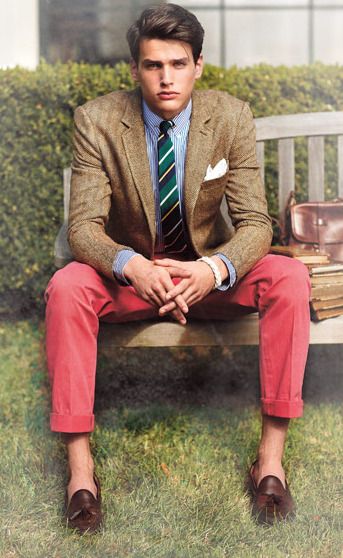
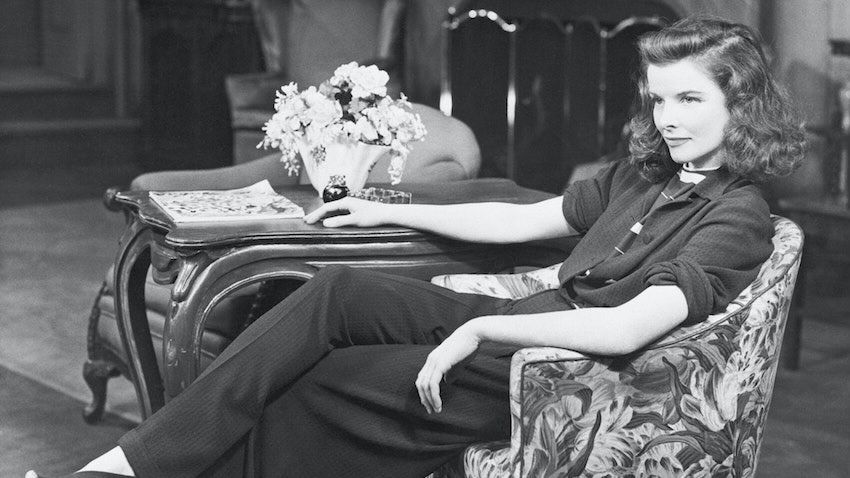
Laura Arnold; John F. Kennedy; Grace Kelly; Miles Davis; Drake's; Jason Yang; Sarah Patrick; Rugby Ralph Lauren; Katherine Hepburn in a chair.
So, you might think of people who go to preparatory schools and hang out as country clubs as rich. And they are. But old money is a different kind of rich. It's deep, inherited generational wealth. If they have a country club, it's one too exclusive for you to join with money, if you can even find out it exists. But they might just spend time at their estates, or spend time traveling. Their estates might be bigger than your local country club.
While Ivy and prep are aesthetics that you might see at a country club, in Nantucket, on New England college campuses, and in prep schools, they are very ubiquitous styles in the US and abroad, and it's not accurate to think of either aesthetic as particular to old money. Old money might send kids to prep school, where they might wear prep school uniforms, but they're not especially likely to wear their school uniforms their whole life long.
More importantly, Ivy Style was originally a reaction to traditional menswear. It subverted tropes of formality into more casual styles, and was often driven by what poor college students could thrift. It was, furthermore, reappropriated and made cool by black men as part of the civil rights movement.
Still, people associate Ivy with the Kennedys, and prep with summers in nantucket. You can look wealthy in this kind of clothing. So this is about the closest we've gotten so far. But it's still not quite right.
Further reading on ivy and prep:
- Take Ivy
- Ametora by W. David Marx. See, also: Status and Culture
- Black Ivy by Jason Jules
- The Official Preppy Handbook
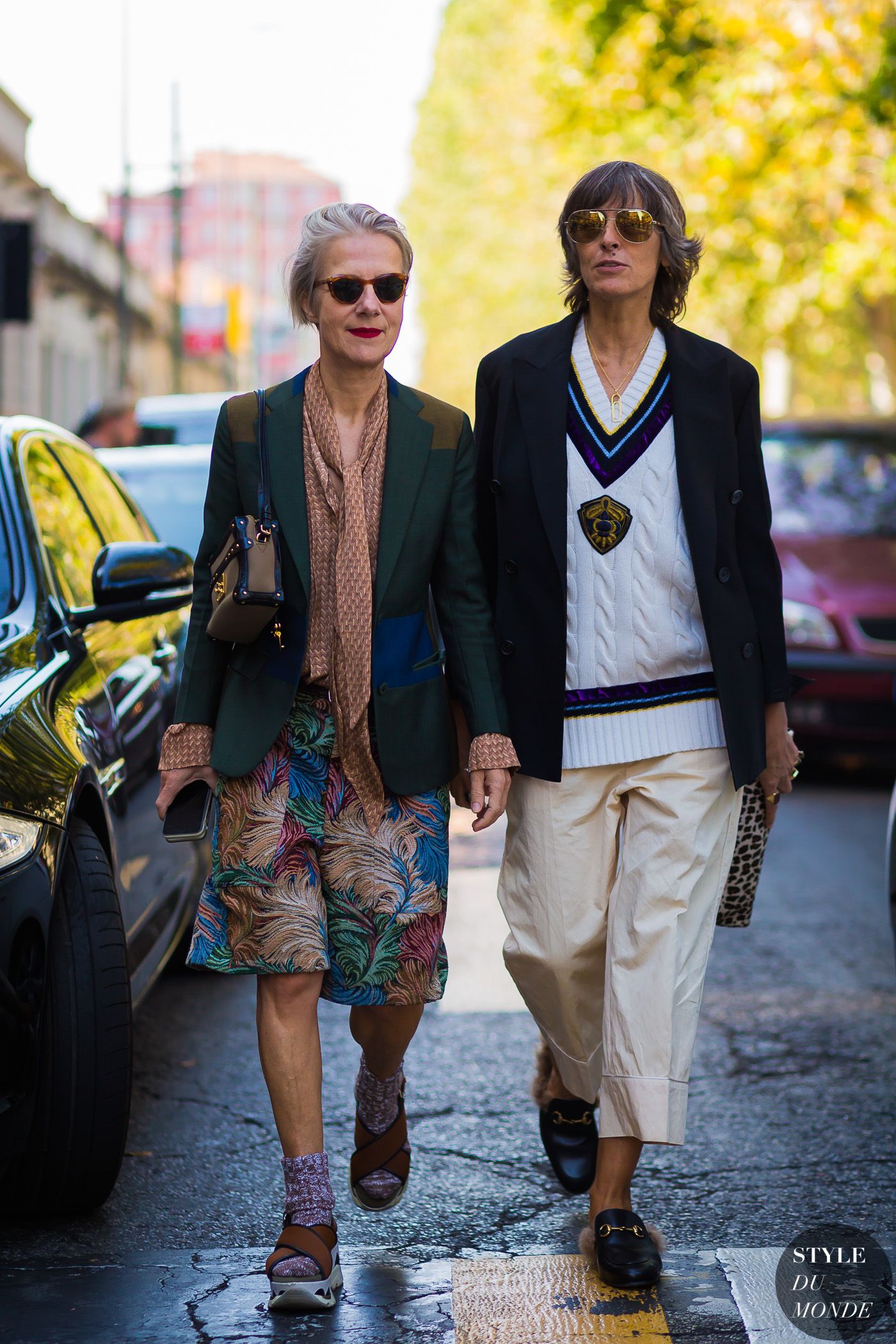
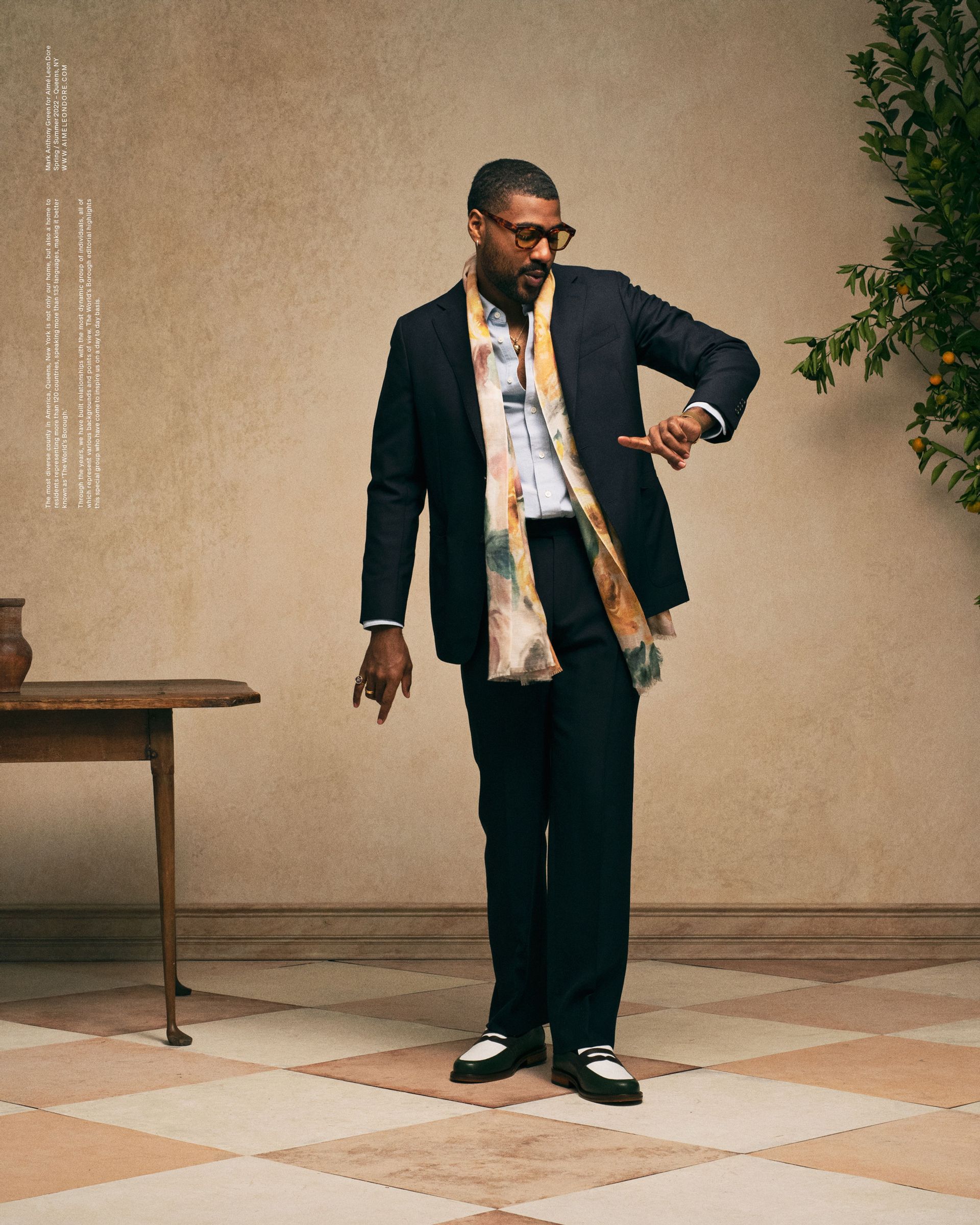
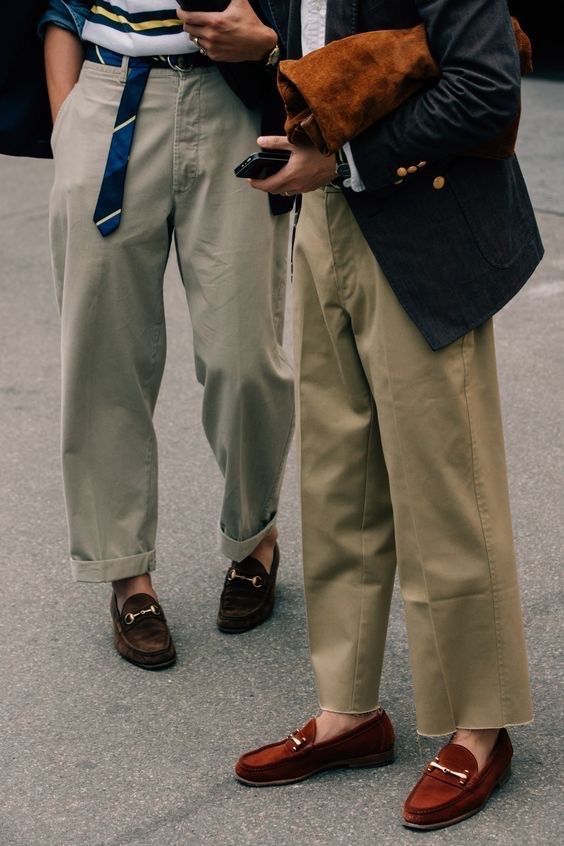

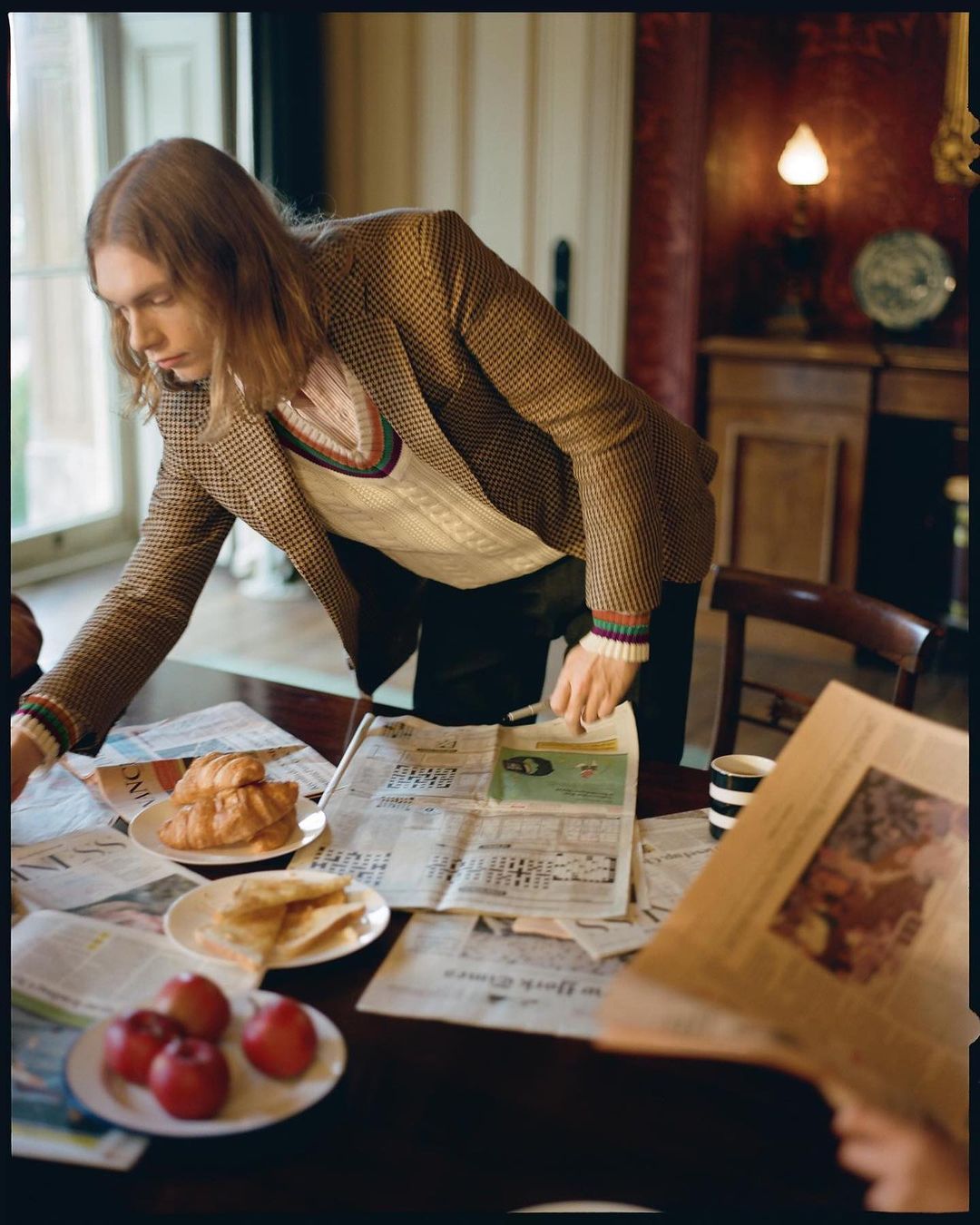
Modern takes on ivy style are good. Ana Gimeno Brugada and Bettina Oldenburg; Aimé Leon Dore; not sure; Charlie; Drake's
Fleece and Puffer Vests are not the old money aesthetic.
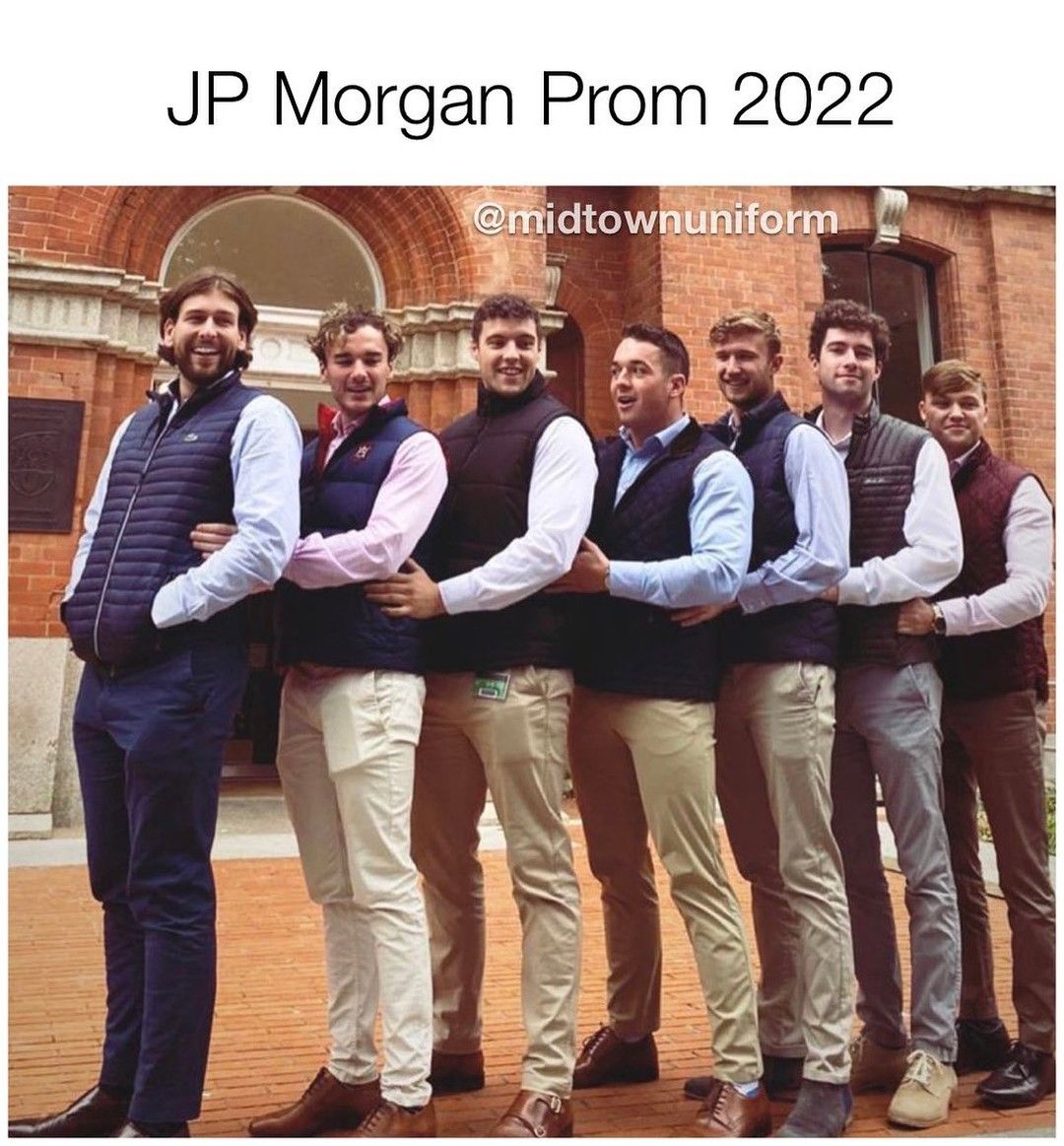
Vests, and particularly Patagonia fleece and puffer vests, very recently became popular among finance bros and tech bros. There's an Instagram account—@midtownuniform—drawing attention to this nonsense.
Fleece vests in no way represent old money.
The existence of brands like the Chelsea Life Jacket is hilarious. Their IG marketing is clearly trying to capitalize on this "old money" obsession, using faux exclusivity to look cool and vague reels to help build a mysterious Instagram presence off an idea, but without the clothing to back it up. Don't fall for it. It's just a vest, a hunting jacket, a rugby... it's nothing.
Actual Fashion is not the old money aesthetic.
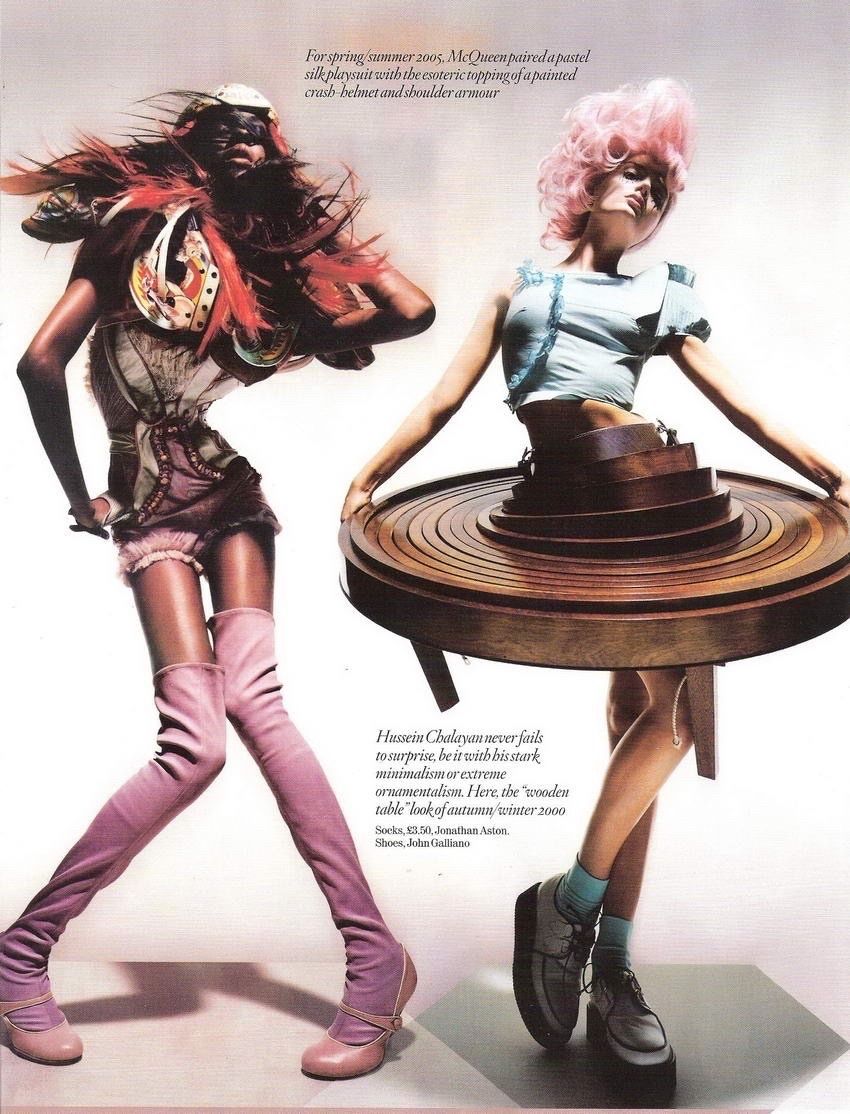
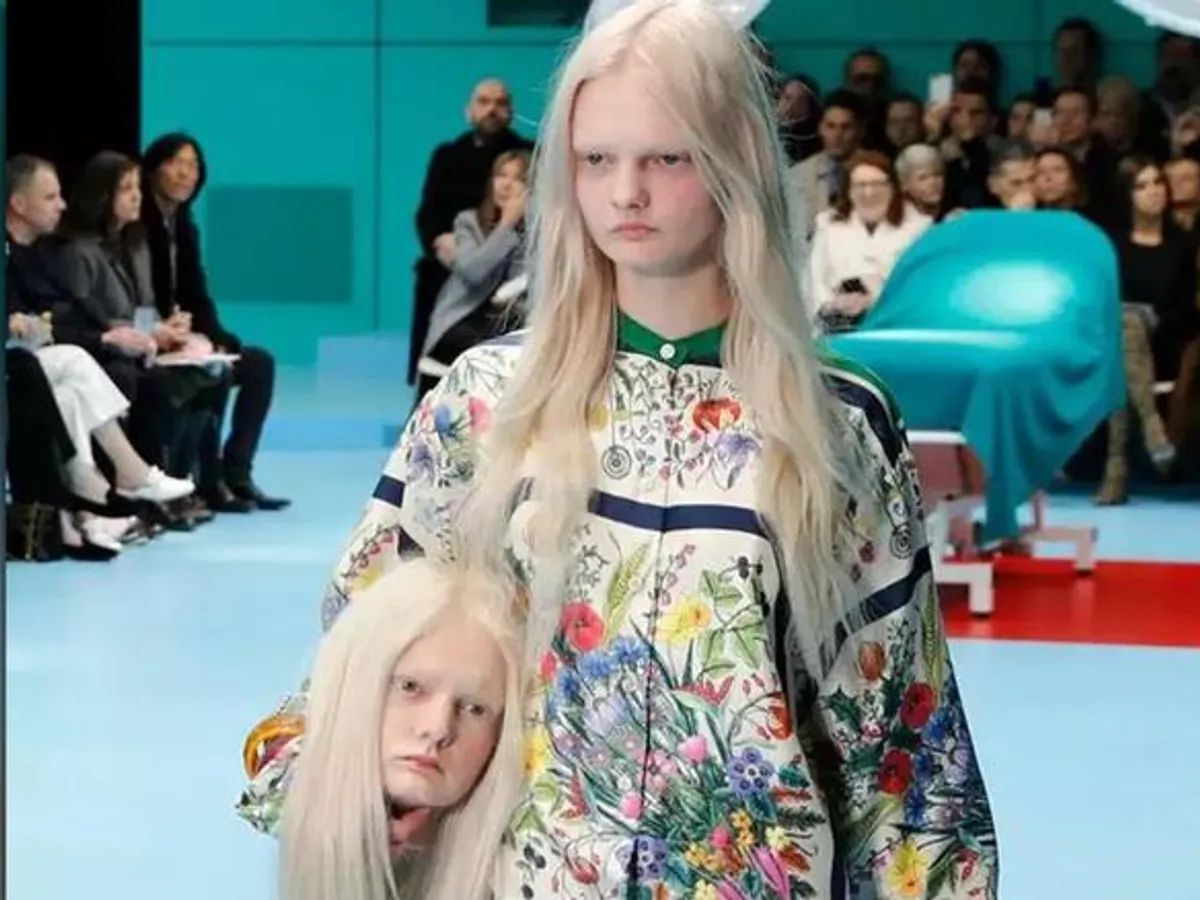
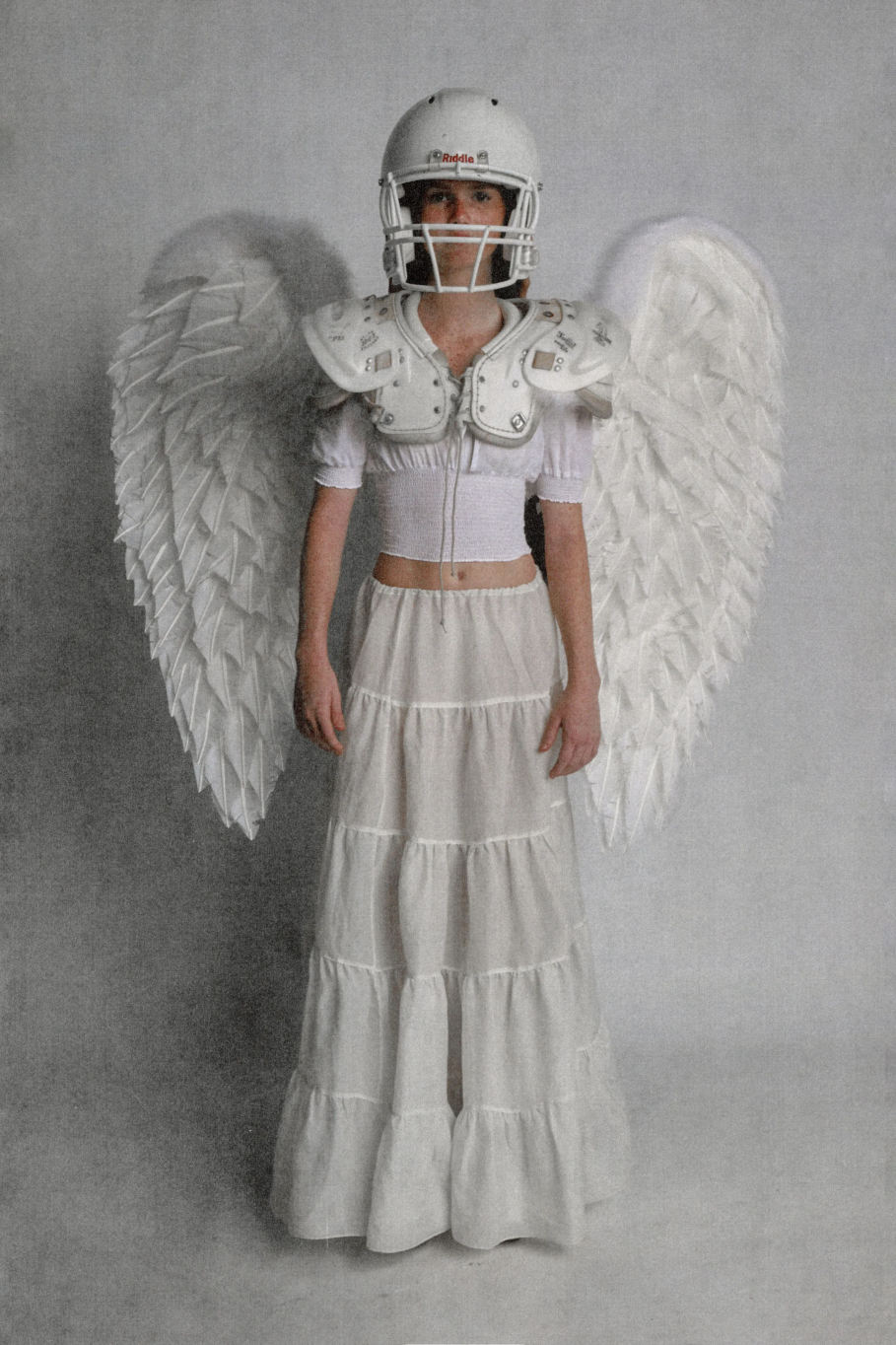
Alexander McQueen S/S 2005; Gucci F/W 2018; ERL Spring 2022.
Anybody with a hobby might be into Fashion, proper. They might travel, attend runway shows, and buy runway pieces. The problem here is twofold.
First, old money actively tries to avoid dressing in cool or interesting ways. They value their privacy and peace, and Fashion tends to stand out and grab attention. It's not bland enough to blend in.
Second, old money tends not to have hobbies, at least not like ours. Maybe they are into dresage, or polo, or sailing their yachts. If they patronize the arts, they buy pieces they love at auction and then loan them out to various museums. They don't use their bodies as a canvas, that's just not their culture. They don't want to watch a thousand runway shows, read the notes, and figure out how to pick and style avant-garde clothing. That's just work, to most of them.
"Lazy Luxury" is not the old money aesthetic.
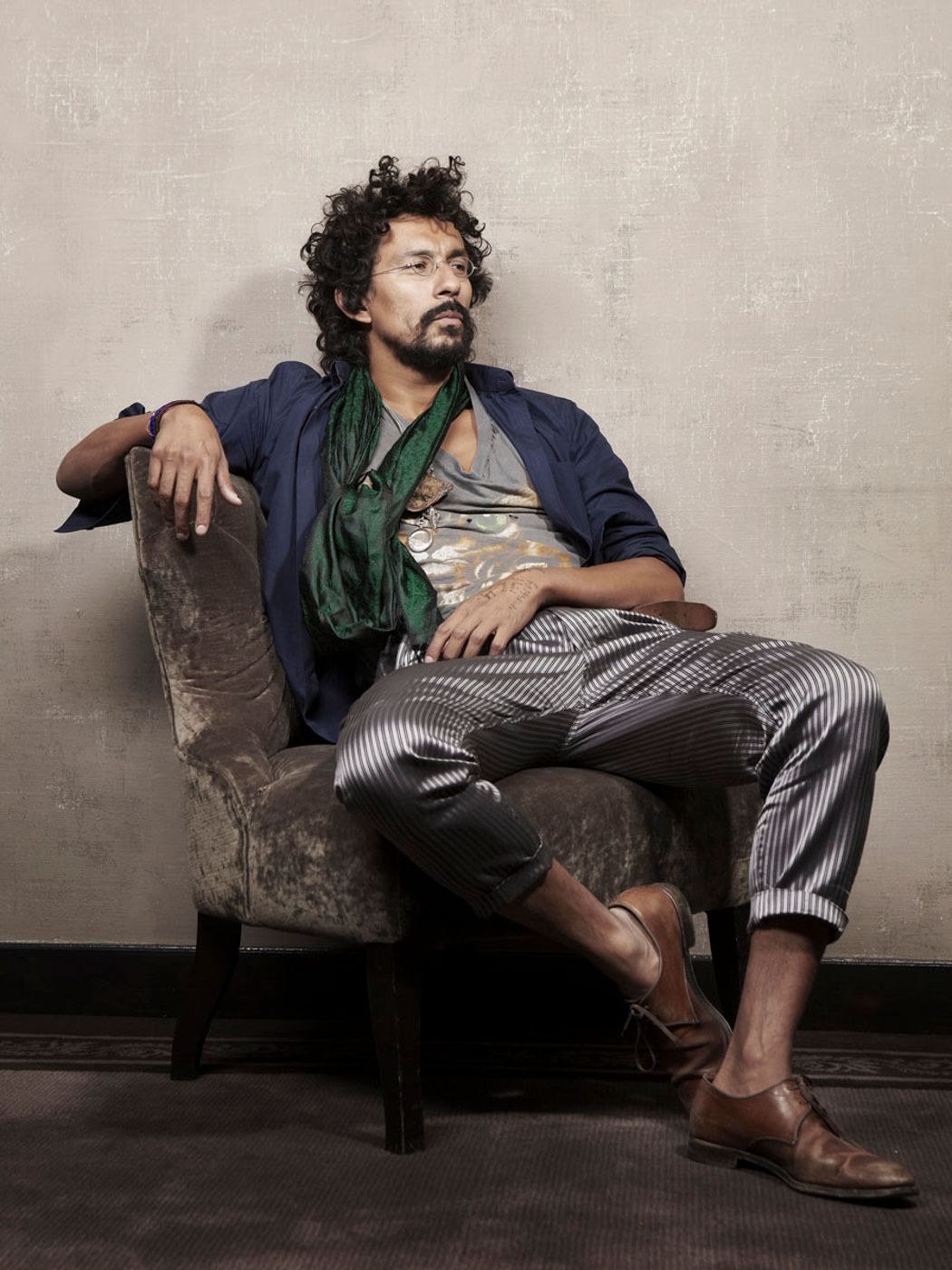
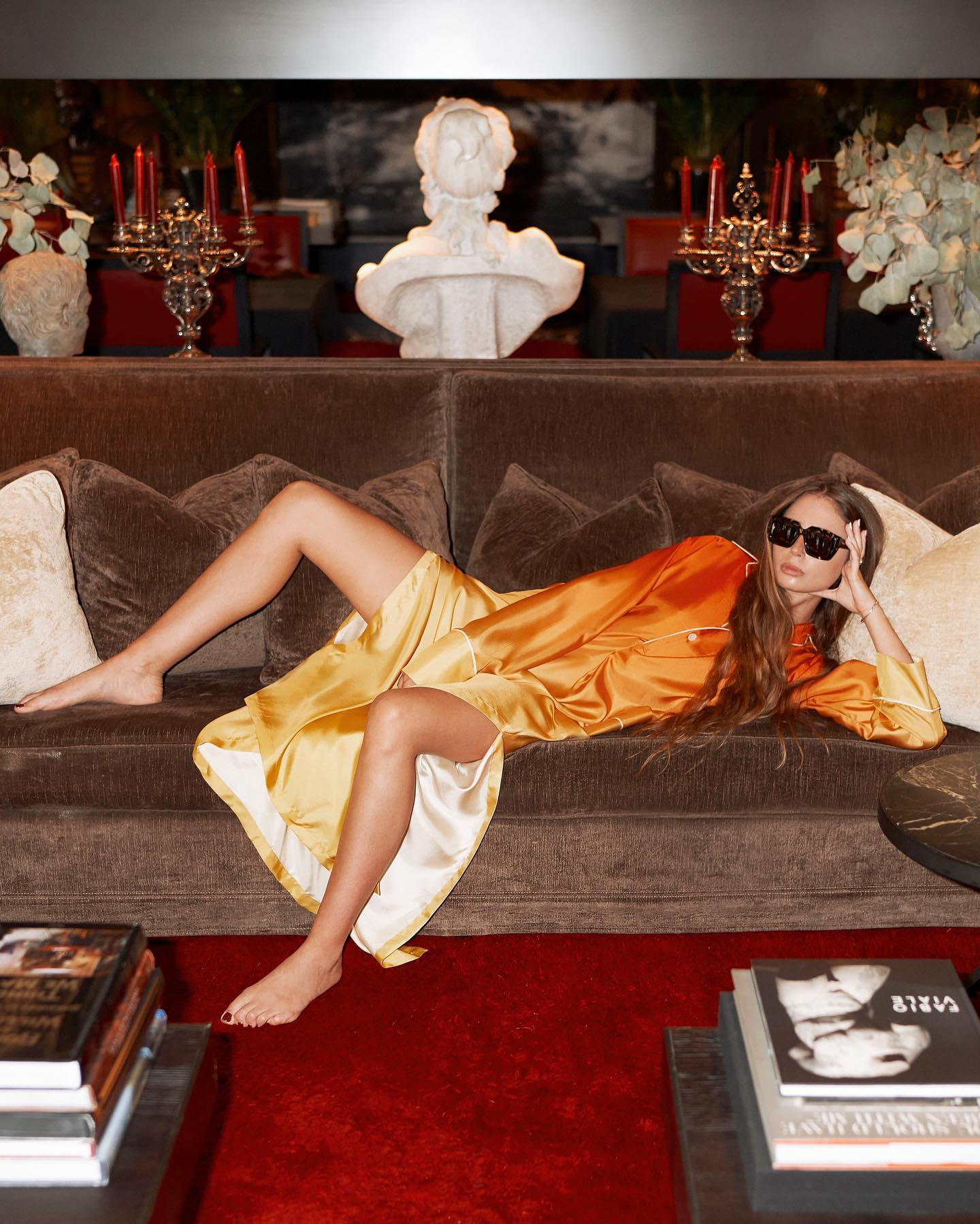
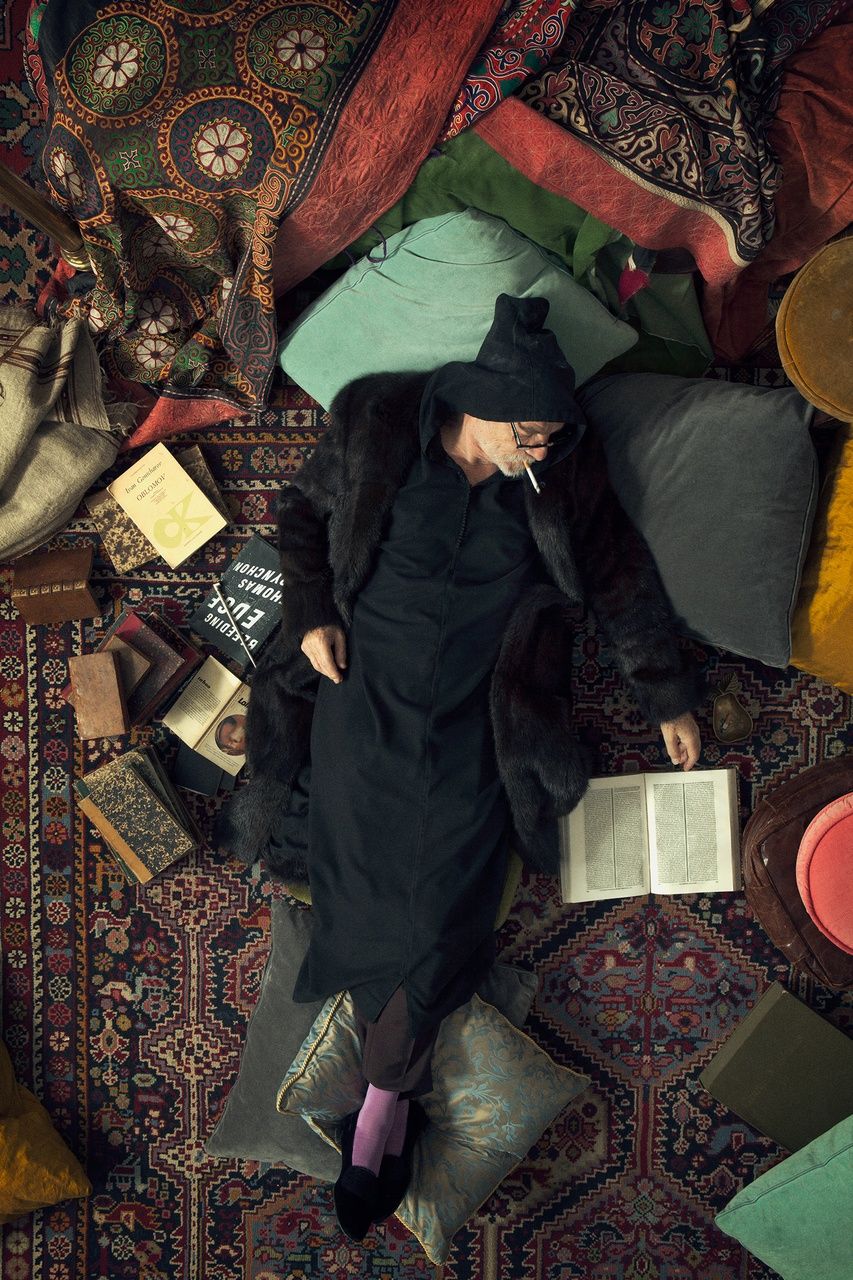
Haider Ackermann; Umit Benan; Thadée Klossowski de Rola
These "lazy luxury" vibes are cool. I like them. You're going to see me use these photos again.
These outfits use silk, velvet, and other luxurious, drapey fabrics; relaxed fits that kind of make the wearer look like he's wearing a robe or a blanket; and a general vibe of not giving a single fuck. Too lazy to tie a robe up. Too lazy to put on a belt. Too lazy to have good posture. Executing this vibe well tends to be pretty expensive, but the upside is that it does actually communicate some bit of wealth without being corny or lame.
But it's still not what old money dresses like. Sorry.
For more of lazy luxury, see Dom Kennedy's 2017 Album and Chris Grech's 2020 Album
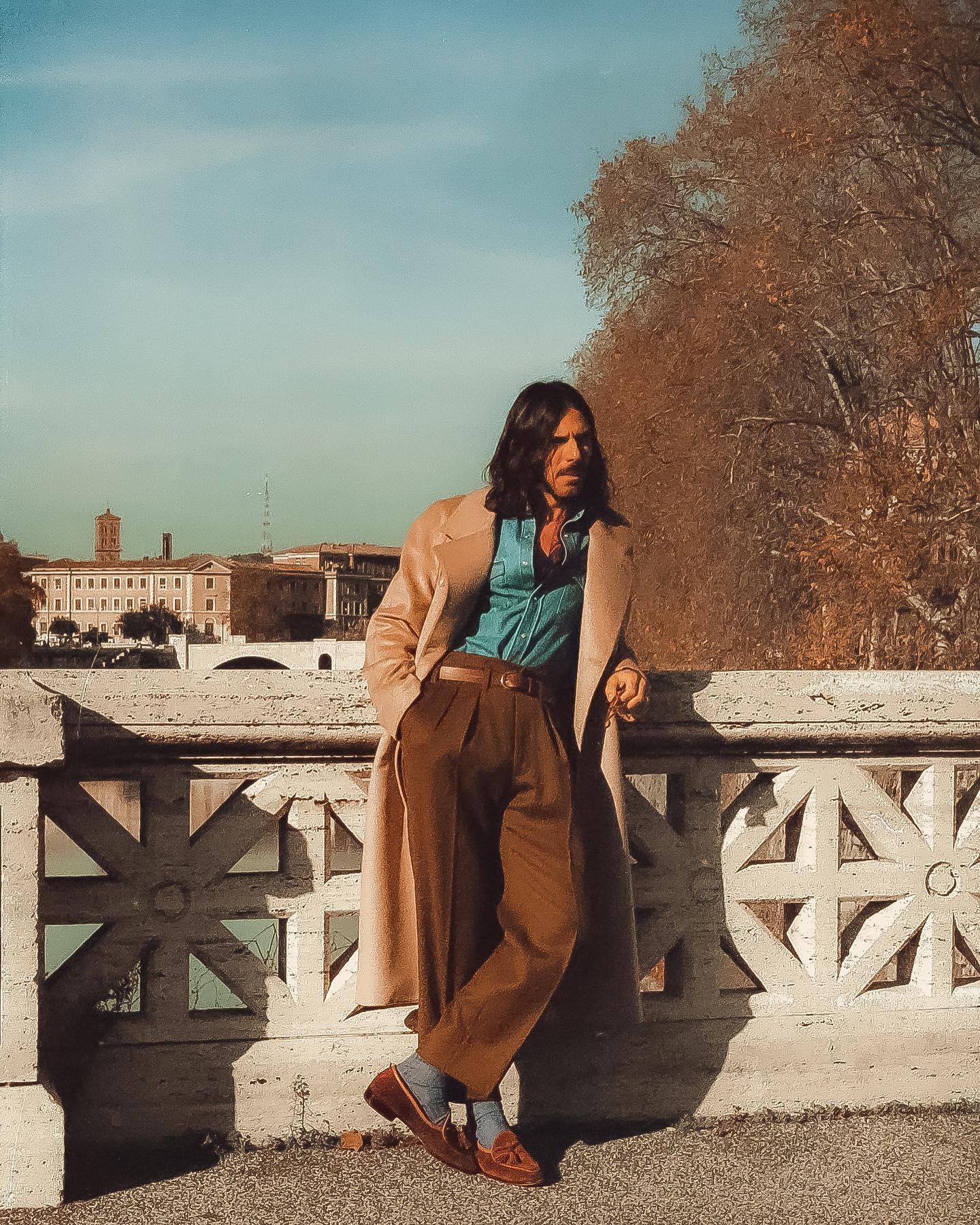
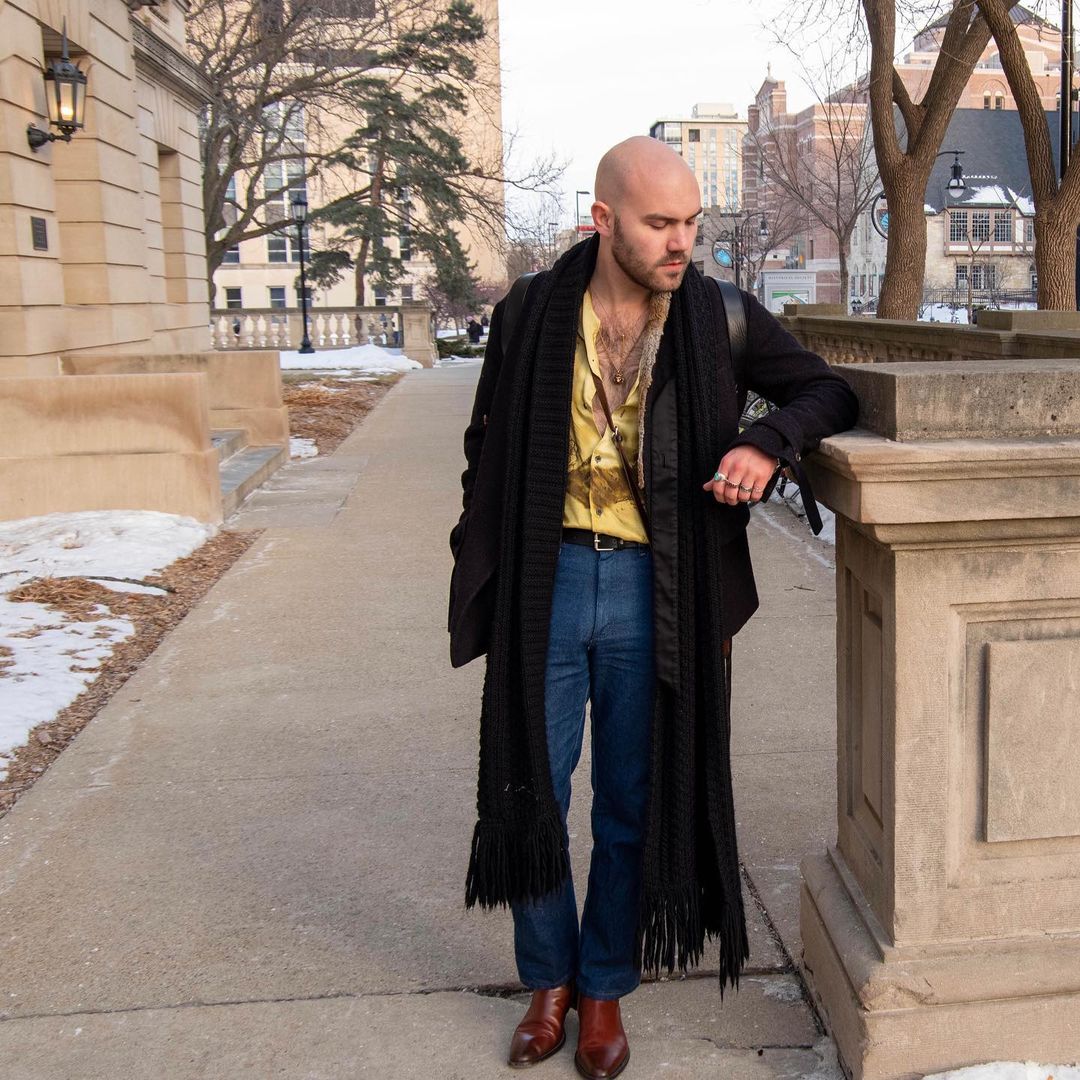

Nothing good looks like old money.

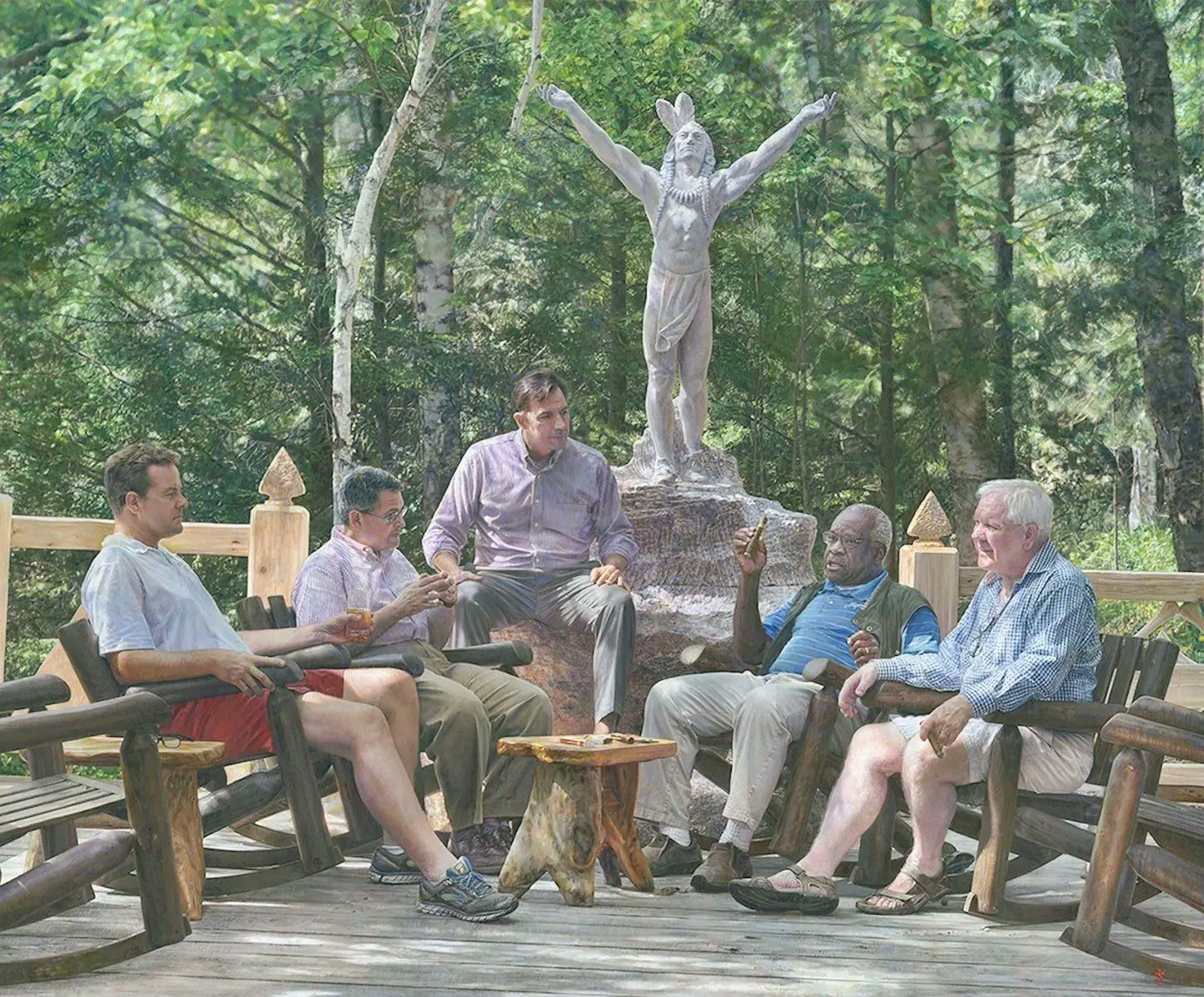

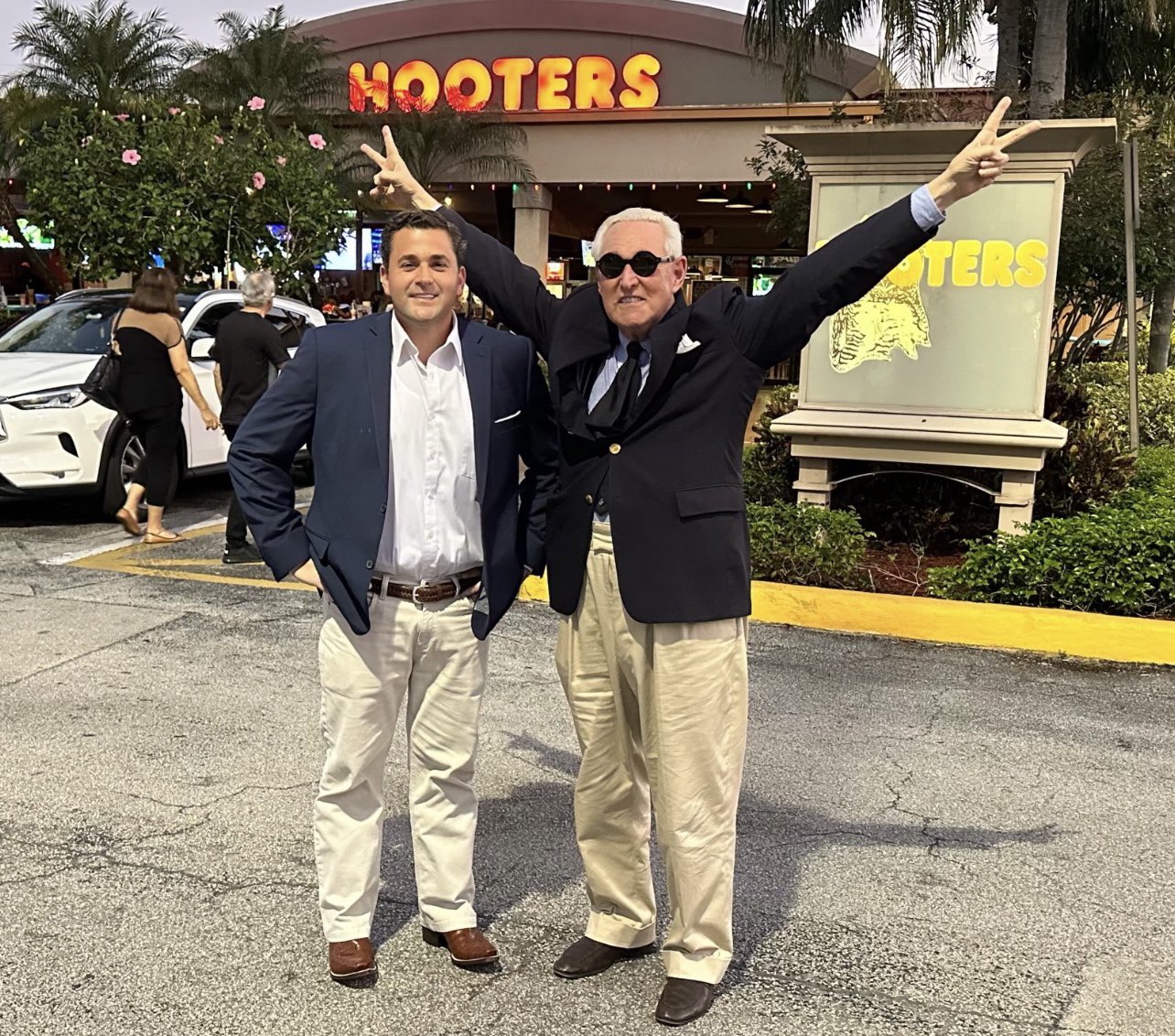


Whether old money or new money, the wealthiest man you've ever met probably dressed like this.
The true old money aesthetic is going to disappoint you.
Old money kinda just looks like trash.
People who are used to being wealthy kind of just value time and privacy. They get zero novelty out of shopping at Gucci or at Brunello. They have some ill-fitting hoodie they like, and some ill-fitting pants. Cole Haan is as profitable as ever and quarter-zip sales are up. Nobody notices them because they don't want to be noticed.
Their shoes are always ugly as sin. I'm not sure why. Sometimes they're Cole Haans, because Cole Haans might be comfortable, but more often they're just whatever trash shoes they found for $50 that one time in a god damn Nordstrom Rack because they don't care enough to find anything better.
They could not give less of a fuck. Not about how they look, or about anything else.
Is that what you want to look like? If you were here thinking you wanted an old money aesthetic so people will think you're rich, or because you think old money looks cool, you're wrong. Guess again. Maybe you want one of the other vibes I mentioned above. Some of them might be close to what you're looking for. Or better.
A bunch of publications try to "fix" the disastrously bad style of wealthy men. This is funny, partly because, while the new clothes fit "better," the outfits are still bad. See:

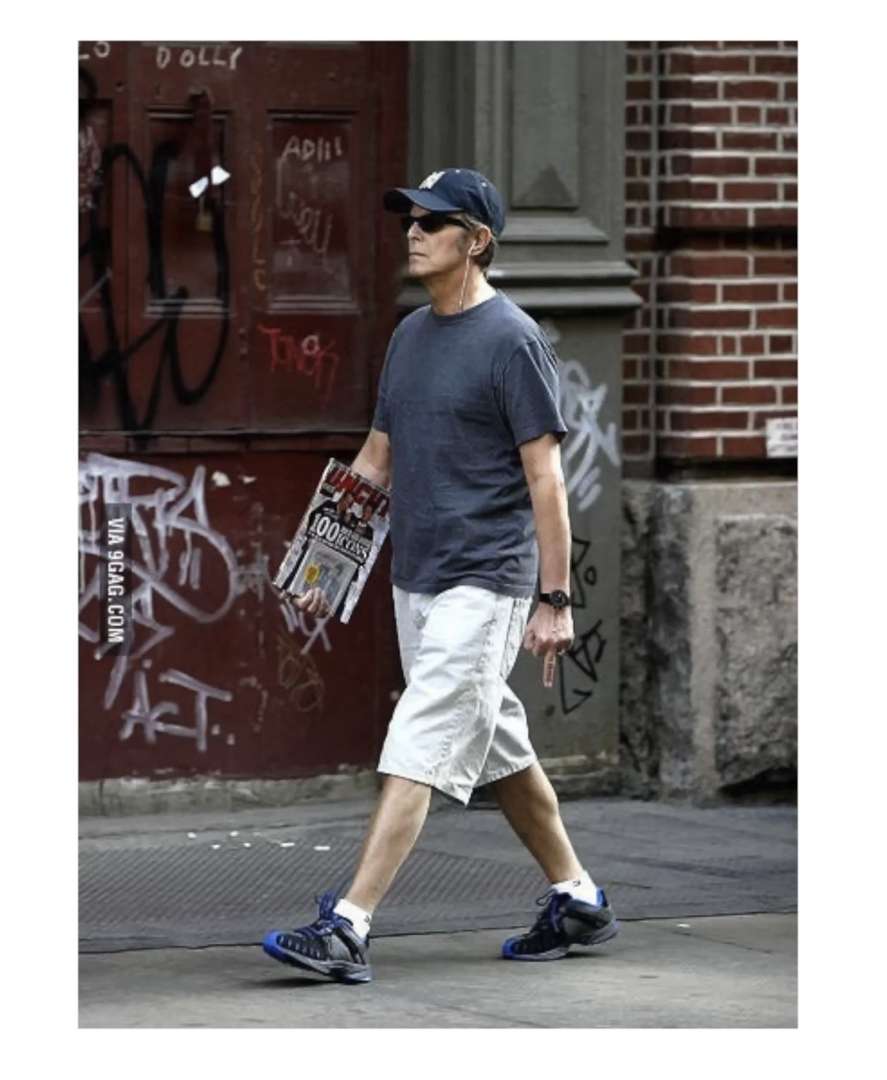
Old Money Doesn't Talk
A postscript by Z.G. Burnett

While studying abroad some time ago, I was invited to dinner at home by my host parents and seated next to a middle aged woman who walked with a cane, wore dark lensed glasses through the meal, and was dressed soberly in structured but comfortable clothing. Her son, who sat on my other side, wore a navy blazer, white trousers in early Spring and spectators, all the "French Ivy" hallmarks. The guests brought the main course, wild boar, which was a new but pleasant taste for me despite some stray bristles that remained in the unfortunate beast's flesh. A few dishes in, the son explained how they hunted the boar we had eaten on their family estate in Burgundy, and how it gored his mother in the leg before either he or his father delivered the kill shot.
There was very little about these people that outwardly suggested their aristocratic lineage, and they never revealed it. A few days later, my host mother's vague reference to their "titles" was the only confirmation to my suspicions. I've since met a handful of people at similar levels of society, but it would be impossible to say if they were of the same economic status. That's the thing about "old money," they don't talk about it and are even less likely to wear it. Aside from events, for which they'll dress as the invitation requests, "old money" has nothing to prove. They have game on the table to prove their mettle, and sometimes a telling accessory or two.
Coming up in the late 20th and early 21st century United States, wealth was portrayed through exclusivity, "bling," and the promise of what a sex tape could do for one's career. Heiresses appeared in the tabloids without panties while my peers and I were prompted to measure our kilt lengths by the distance from our fingertips. The double-standard of how "nice girls" behaved compared to the healthy tradition of bro culture carried on without question, and slut shaming was such a way of life that it would send any Zoomer today weeping into their crop tops. Only one television show provided some reflection of my privileged, structured surroundings, and that was the original series of Gossip Girl (2007-12).

The resemblance of my life to Blair Waldorf's was barely passing, considering I attended a Catholic prep school in semi-rural Massachusetts and could only have a social life as far as my lack of a driver's license could get me. Revisiting the show is harrowing for many reasons, but even then I remember being struck by the designer name drops and the rampant, unchecked uniform violations at the Constance Billard School for Girls. Our uniforms were casual compared to surrounding schools, but the regulations were strict. I was almost written up for wearing a cream fine gauge cable knit turtleneck when the rules only allowed for white cotton mock necks. There's no way Serena van der Woodsen's "sk8ter grl" interpretation would have been allowed.
The socioeconomic makeup of my school was varied, nowhere near the Upper East Side Social Register of the Gossip Girl characters' caste. Aside from slightly varying accents heard in our halls, it was difficult to discern if one was speaking with a contractor's daughter or a Mayflower descendant. This caused flareups such as the long-standing tension between girls with monogrammed Louis Vuitton purses who looked down on those with Coach bags, resulting in the banning of overt logos on accessories altogether. In a single-sex environment where equality was enforced through appearance, this kind of flexing was baffling to the faculty. Salty old Yankees all, they grew up during a time when clothing's quality expressed its value, not so much what was printed on it.
For graduation, the style of our white gowns was voted upon by the class, and flower crowns with impractical white shoes were required. Our senior photos, too, were uniform. Swathed in black tulle with our hair down to cover the ears, the only jewelry permitted was a string of pearls. This presented their graduates as refined, accomplished, and affluent young ladies without beleaguering the point. Much about these photos could be analyzed from a variety of lenses, but for the purposes of this post, they are a microcosm of what the "old money" look used to be: simple, understated, and most likely expensive. As for the actual price tag, well, it's not polite to talk about money.

